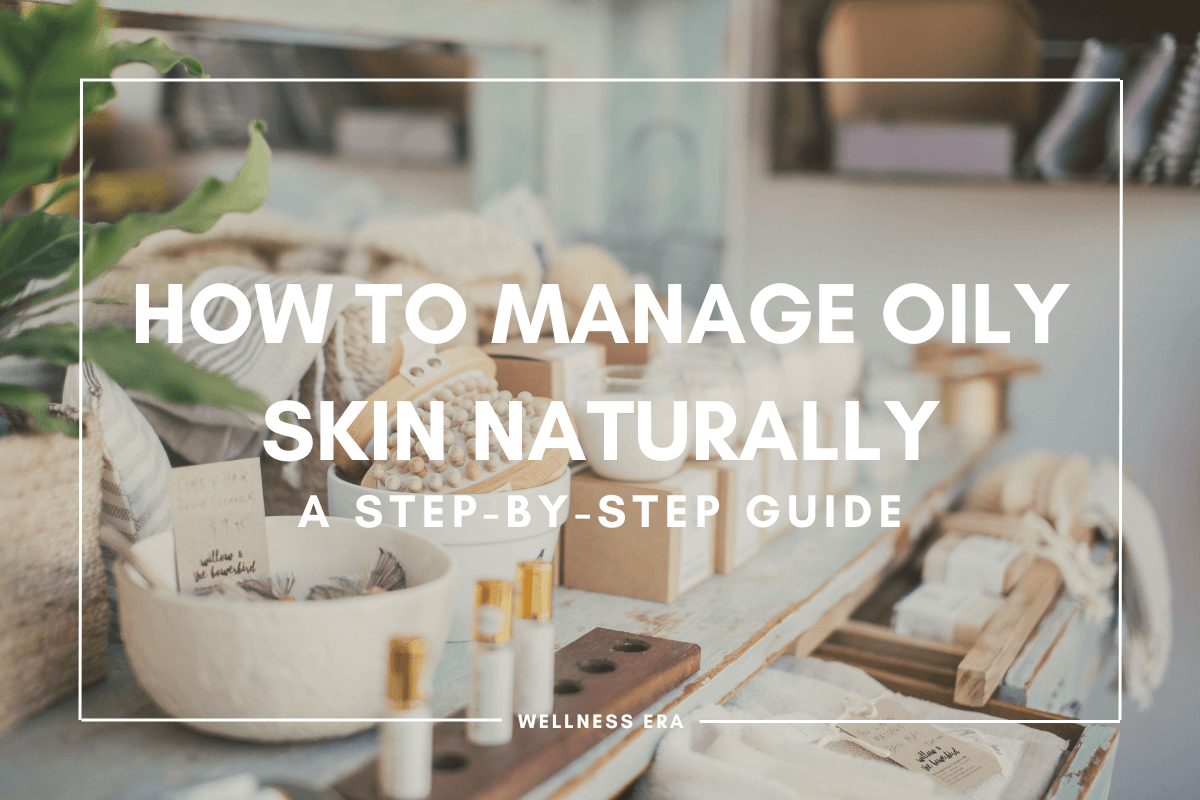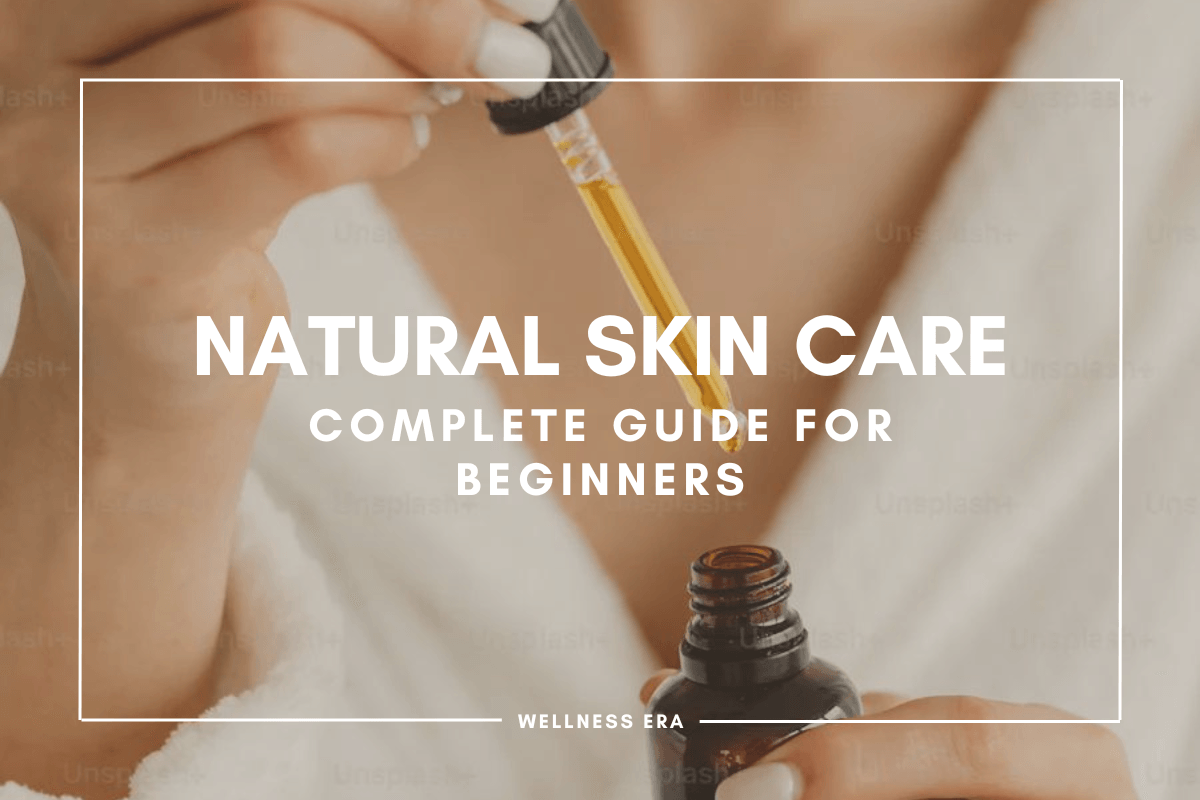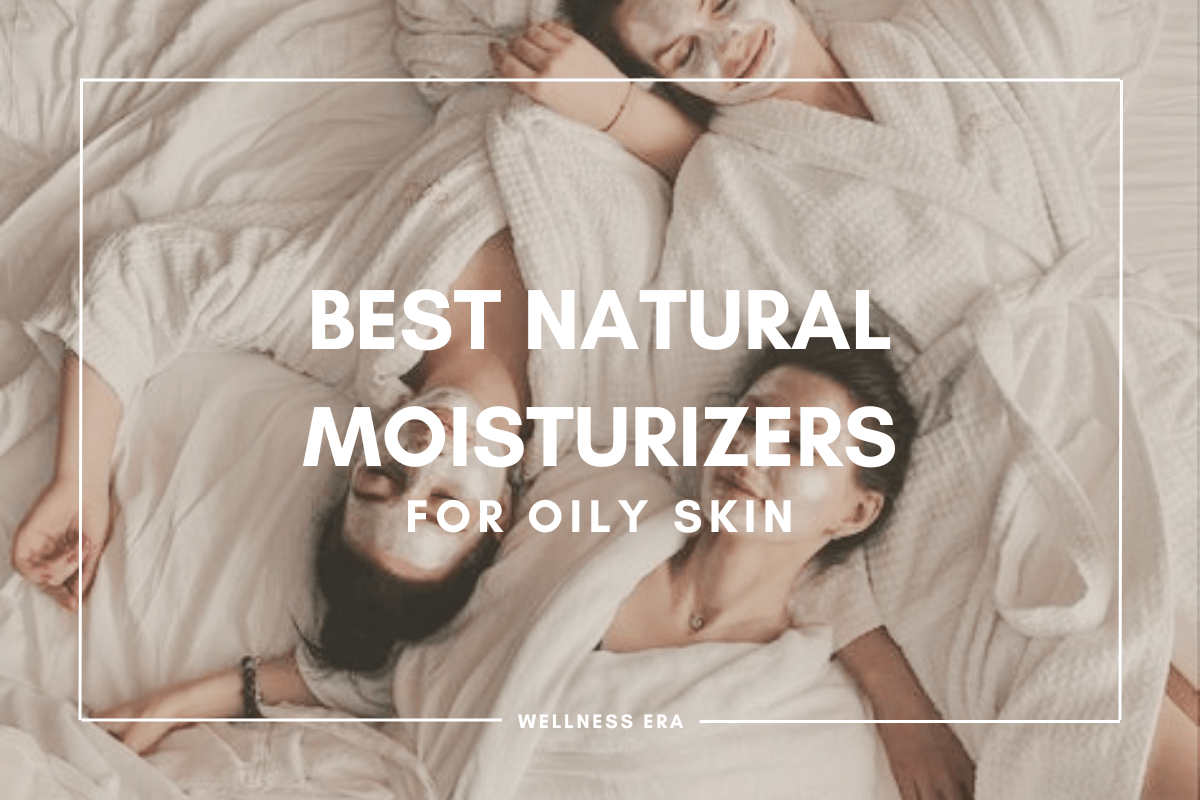10 Best Natural Skin Care Tips for Oily Skin
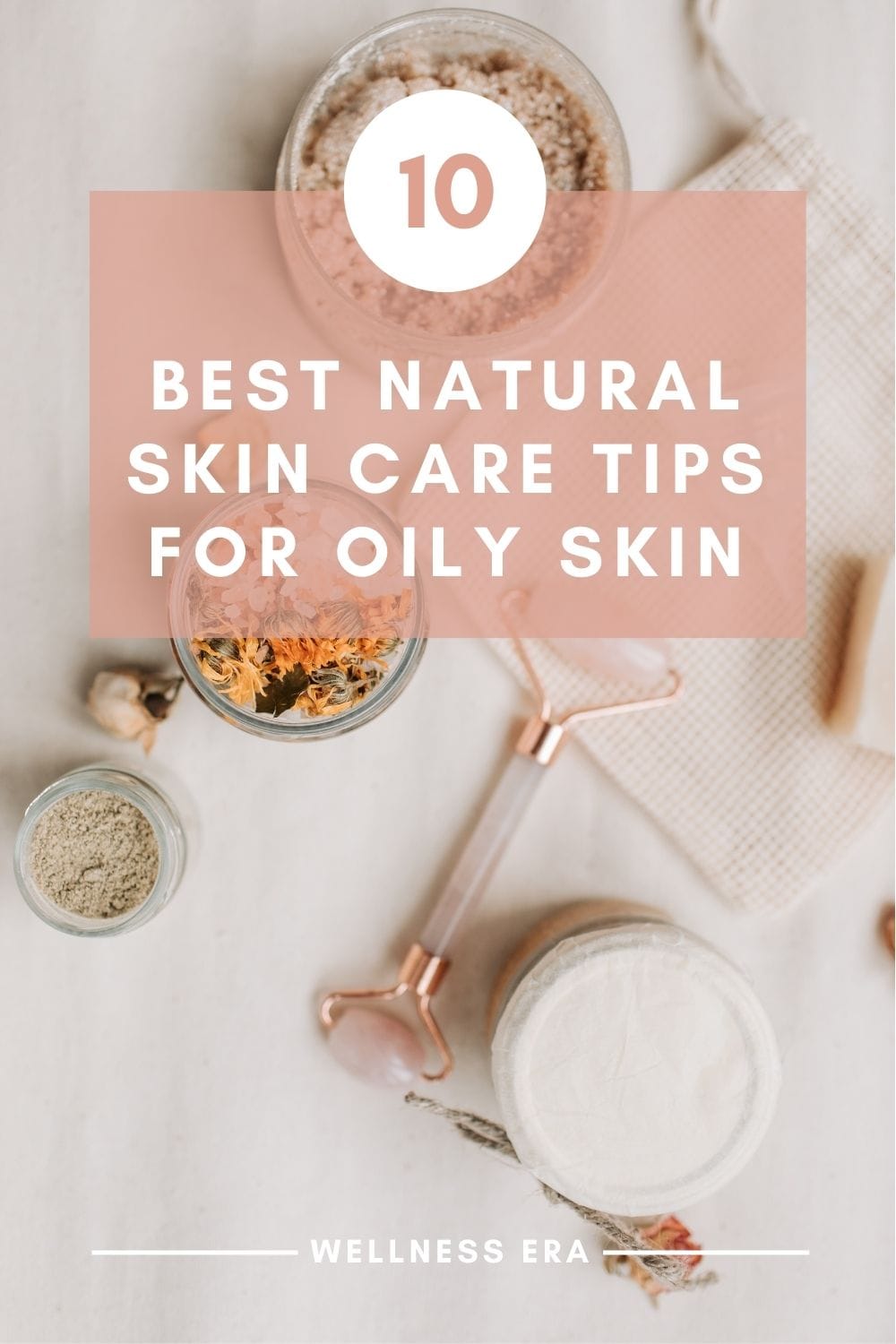
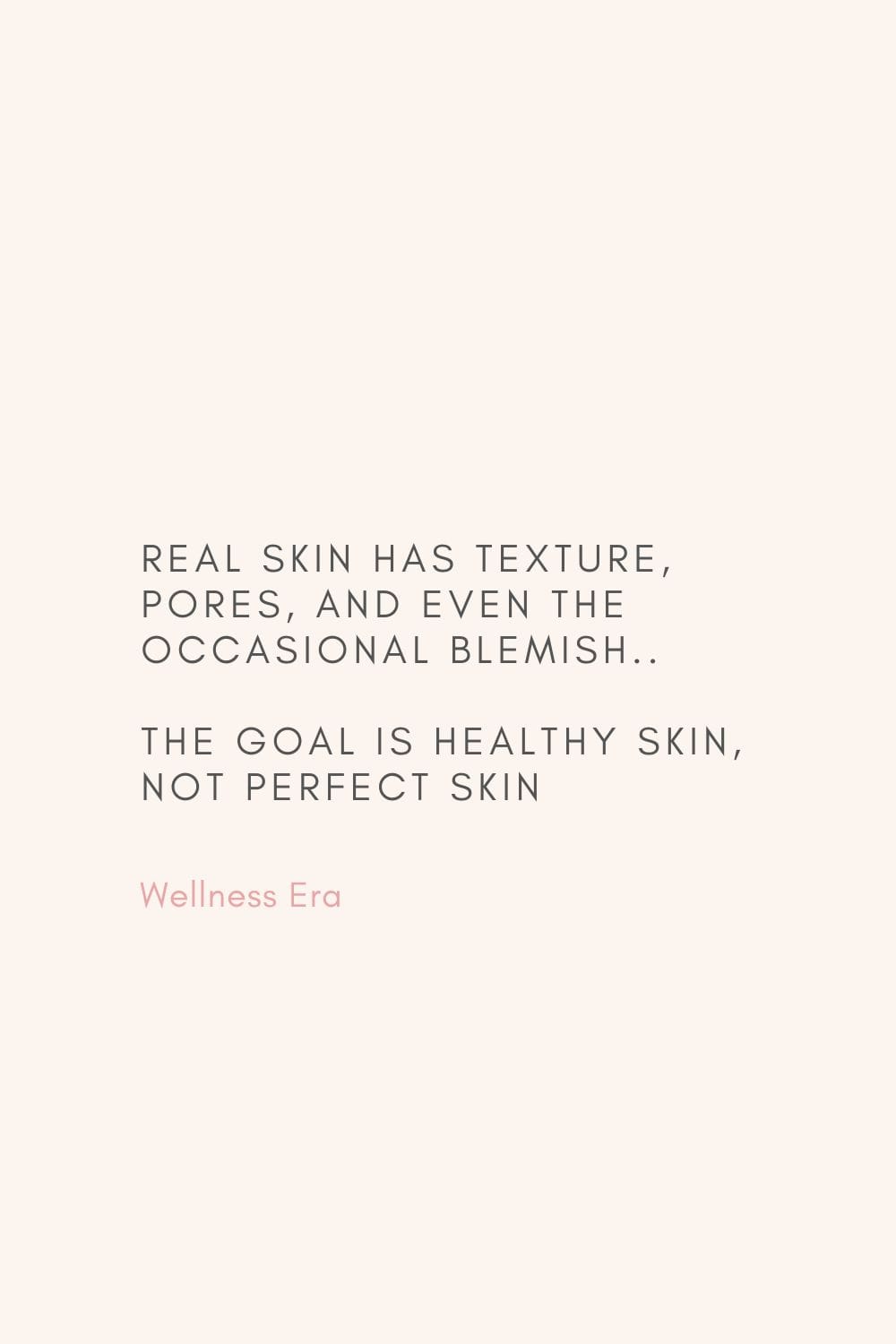
Let’s be honest—having oily skin can feel like a constant battle. You wash your face in the morning, and by noon, there’s that dreaded shine creeping up again. Oily skin isn’t just about looking shiny, either. It often comes with clogged pores, acne, and the frustration of finding products that actually help. Believe me, I’ve been there too.
That’s why I’m passionate about embracing natural skin care. These tips are designed not just to control the symptoms of oily skin but to nourish your skin from the inside out using ingredients that are gentle, effective, and free from harmful toxins. When you understand the root causes of oily skin you can take a holistic approach to caring for it. Whether you’re dealing with breakouts or simply want to maintain balance, these natural solutions are here to help. Plus, they’re easy to integrate into your routine and align perfectly with a holistic approach to health and wellness.
"This blog post is a top 10 list for natural skin care tips for oily skin care, it may take some time to read fully. If you'd like to skip ahead, feel free to use the table of contents to jump to the tips that interest you most."
Understanding Oily Skin: Causes and Characteristics
Before jumping into the solutions, it’s essential to understand what causes oily skin and why it behaves the way it does. Oily skin is primarily the result of overactive sebaceous glands, which produce sebum—a natural oil that helps keep the skin hydrated and protected. However, when these glands go into overdrive, excess sebum can lead to clogged pores, acne, and that unwanted shine.
If you want to discover simple, natural steps to manage oily skin and maintain a healthy, radiant complexion read this blog post How to Manage Oily Skin Naturally: A Step-by-Step Guide. It's the ultimate guide to managing oily skin naturally—& it’s easier than you think!
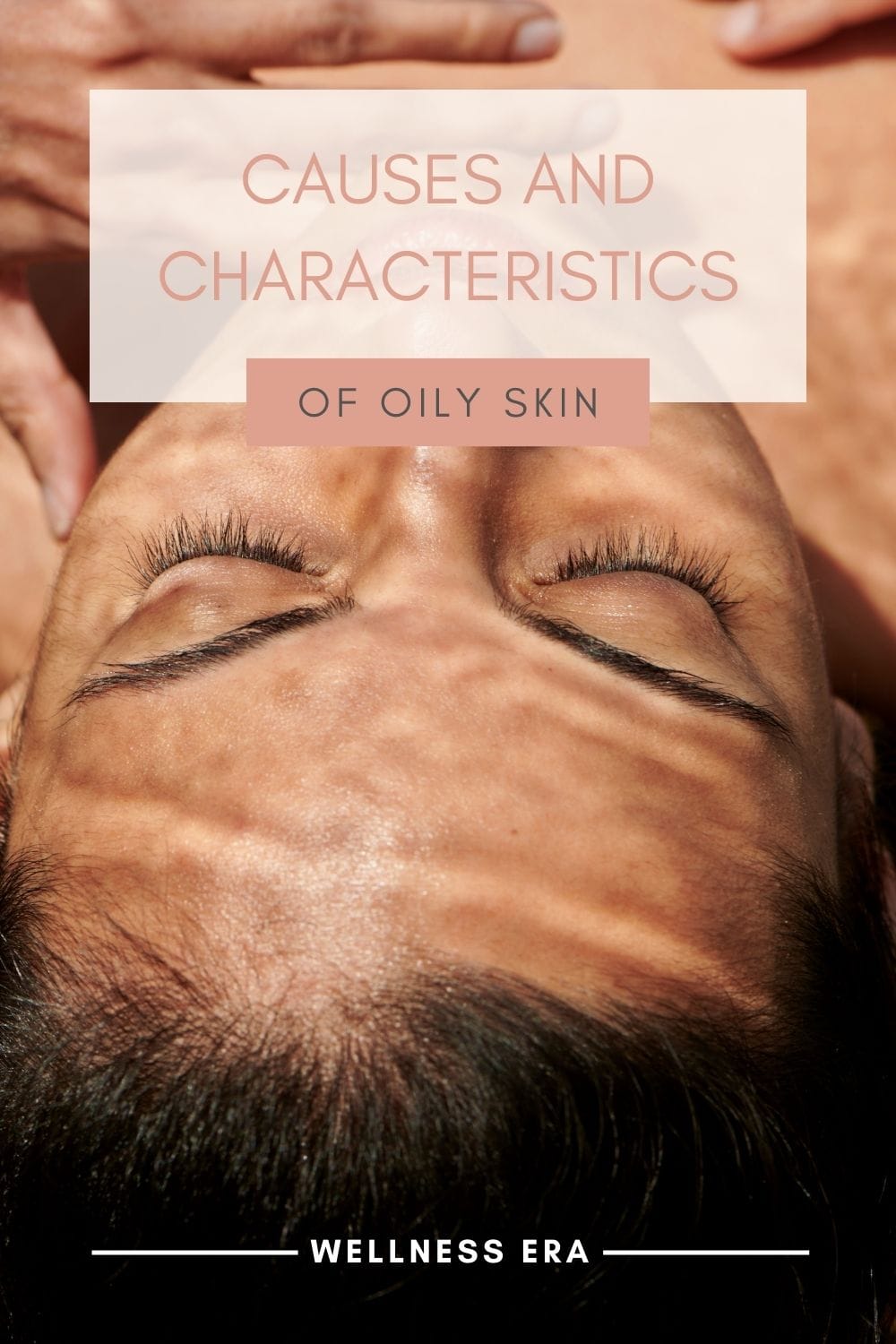
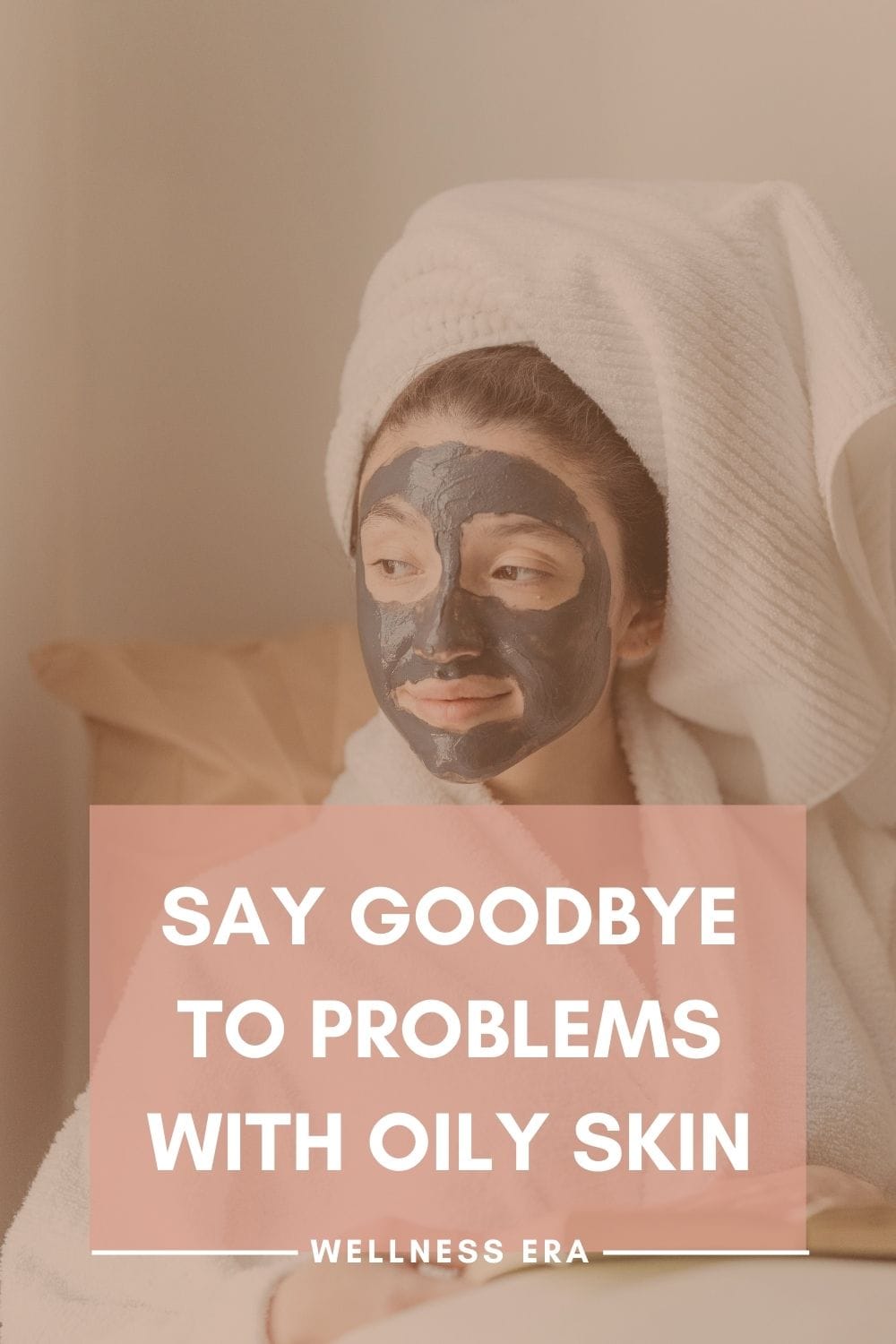
What Causes Oily Skin?
Several factors contribute to oily skin:
Genetics: If oily skin runs in your family, chances are your sebaceous glands are naturally more active. Studies show that genetics play a significant role in determining skin type and the behavior of sebaceous glands (Zouboulis, 2009).
Hormonal Changes: Hormones, especially androgens like testosterone, are known to stimulate sebum production. This is why oily skin often becomes more pronounced during puberty, menstruation, pregnancy, or menopause. Research highlights the link between hormonal fluctuations and increased sebum production (Downing et al., 1986).
Diet: Your diet can also impact oil production. Diets high in refined sugars, dairy, and processed foods may stimulate more sebum production. A study found that high-glycemic diets can contribute to increased oiliness and acne (Smith et al., 2007).
Stress: When you’re stressed, your body produces more cortisol, which can lead to increased oil production. Elevated cortisol levels have been linked to heightened sebaceous gland activity, particularly in individuals prone to oily skin (Roosterman et al., 2006).
Climate and Season: People often notice their skin becoming oilier in hot, humid climates or during summer. This happens because heat and humidity stimulate sweat and oil production as part of the body’s cooling mechanism (Ramos-e-Silva et al., 2010).
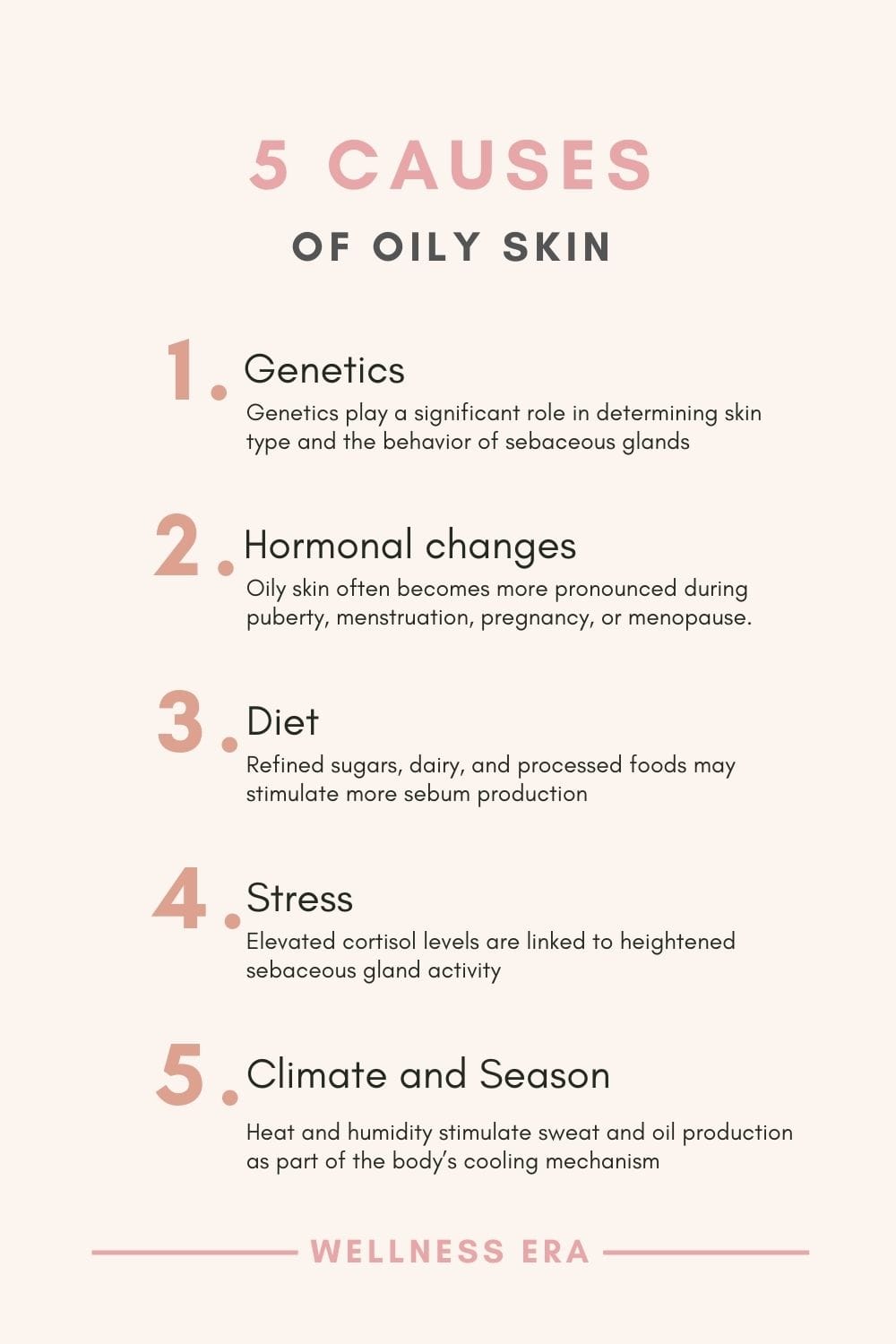
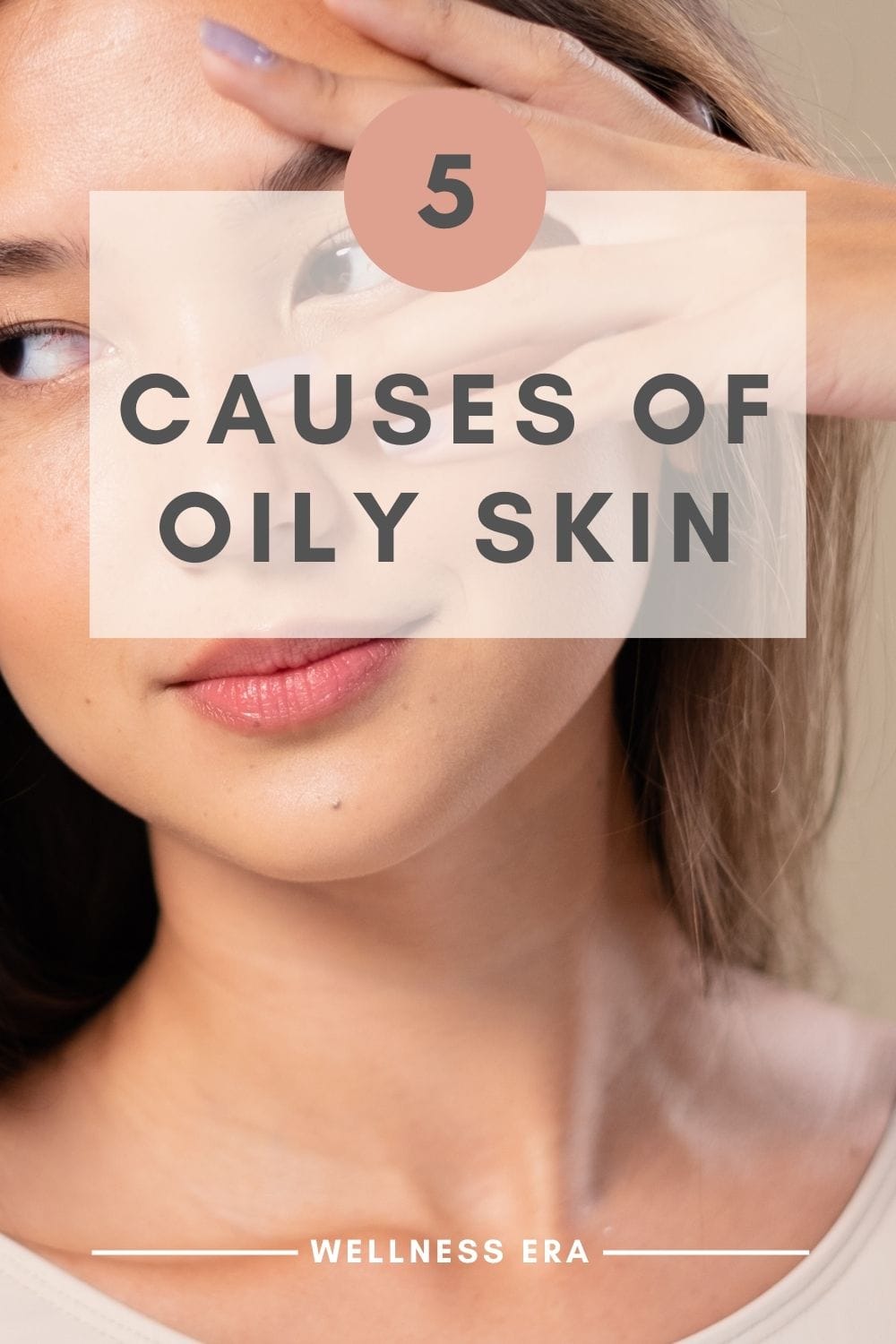
Common Issues Linked with Oily Skin
Oily skin doesn’t just affect your appearance—it often comes with a host of related issues that can impact both the texture and health of your skin.
Acne and Clogged Pores: When excess sebum mixes with dead skin cells, it can clog pores, leading to blackheads, whiteheads, and acne. Studies have shown a strong correlation between increased sebum production and acne development (Zouboulis & Böhm, 2004).
Excessive Shine and Uneven Texture: Oily skin can give your face an uneven texture, with a shiny appearance, particularly in the T-zone (forehead, nose, and chin). This shine is often difficult to control, and the uneven texture can make it hard to apply makeup evenly (Pappas, 2009).
Skin Irritation from Harsh Products: Many conventional skin care products designed for oily skin contain alcohols and other harsh ingredients that strip the skin of its natural oils. This can irritate the skin and actually trigger an increase in oil production as your skin tries to compensate. The importance of gentle care for oily skin has been highlighted in numerous dermatological studies (Korting et al., 1992).
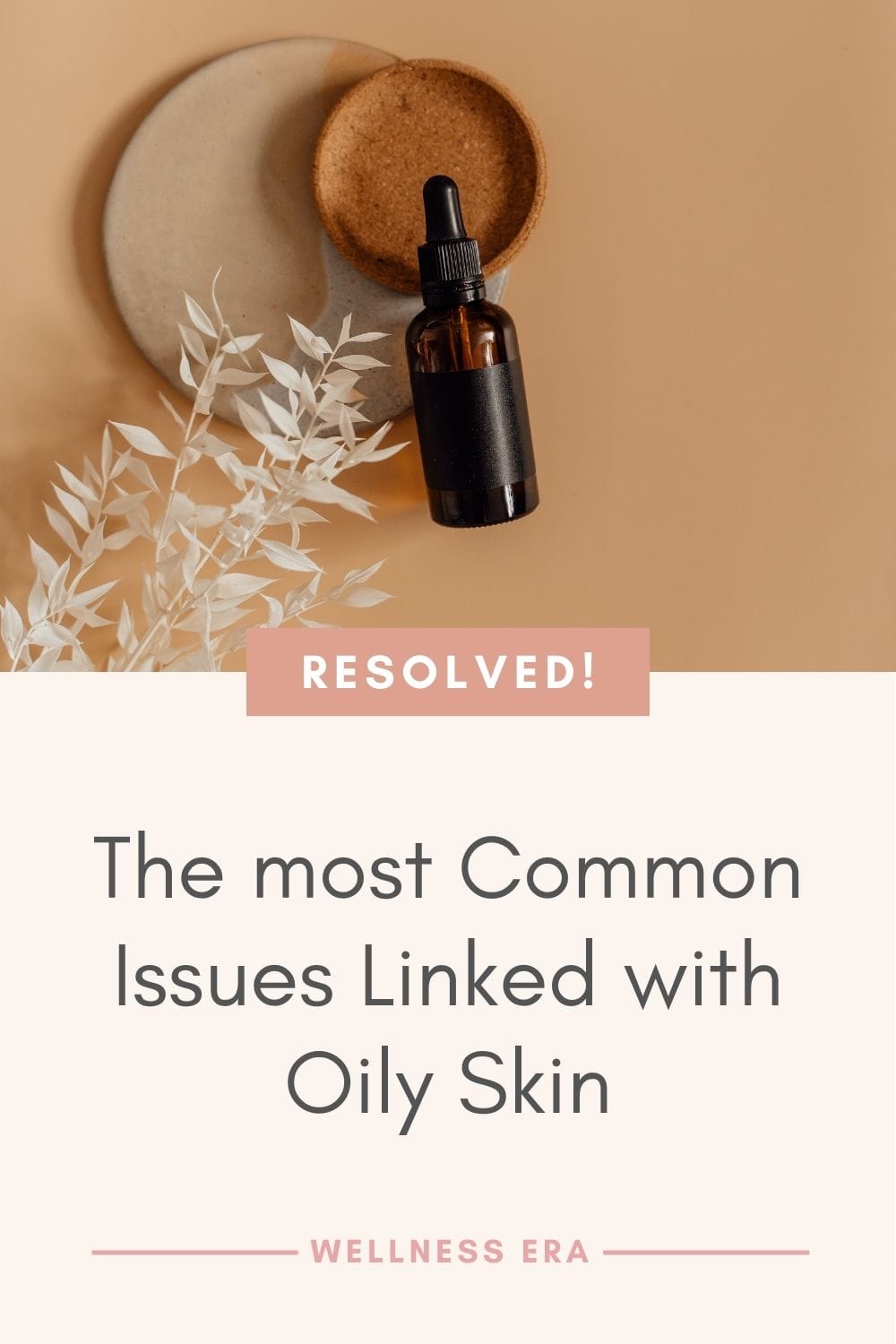
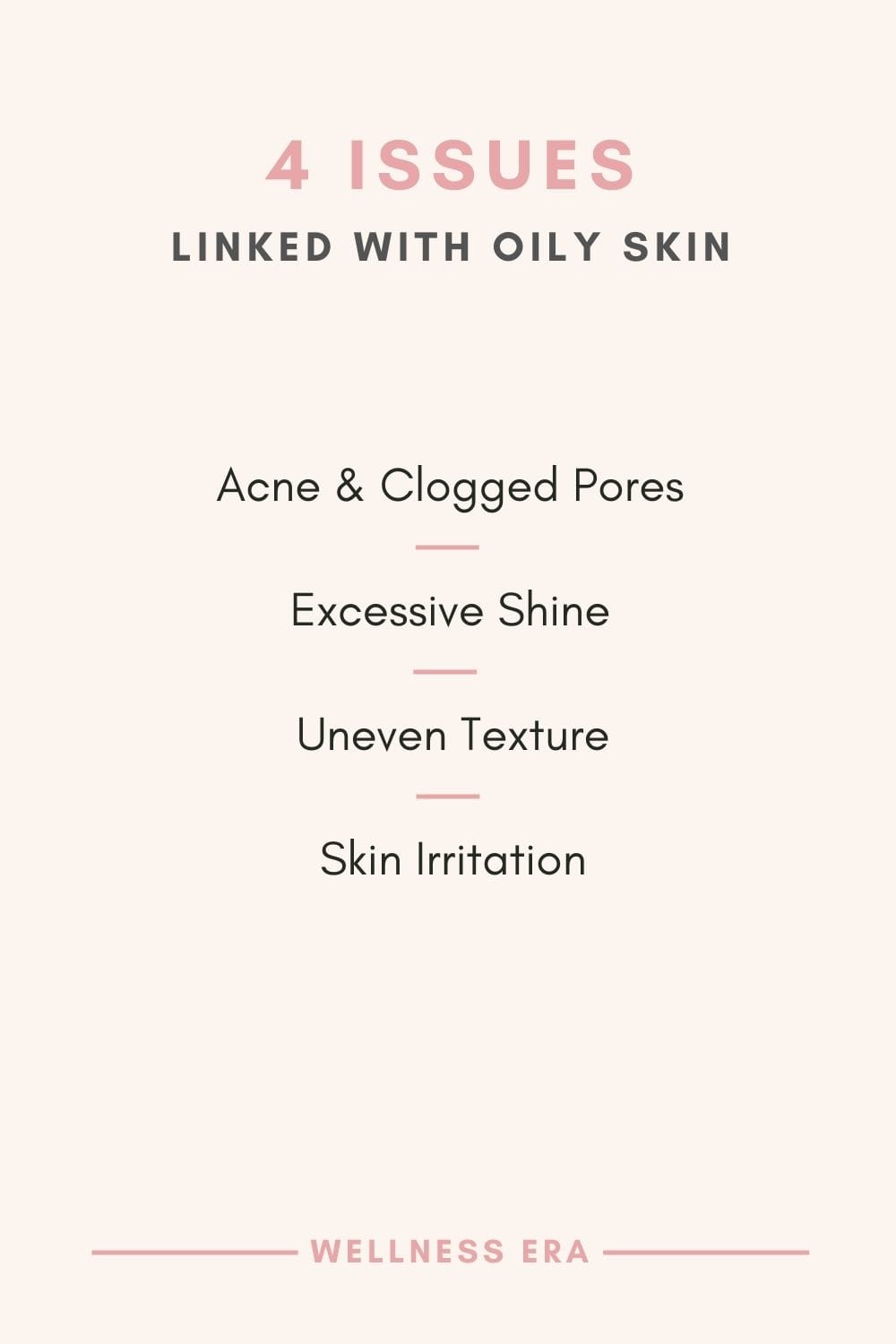
References
Downing, D.T., Stewart, M.E., Wertz, P.W. and Strauss, J.S., 1986. Skin lipids and sebum secretion. Dermatologic Clinics, 4(3), pp.419-428.
Korting, H.C., Schäfer-Korting, M., Hart, H., Laux, P. and Greiner, F., 1992. Topical treatment of acne with agents that modulate growth of Propionibacterium acnes and inflammation: a comparative study with 5% benzoyl peroxide and 1% clindamycin phosphate. Journal of the American Academy of Dermatology, 26(4), pp.614-619. (URL: ScienceDirect)
Pappas, A., 2009. Epidermal surface lipids. Dermato-endocrinology, 1(2), pp.72-76. (URL: PubMed Central)
Ramos-e-Silva, M., and Hexsel, D., 2010. Special considerations in the treatment of skin aging in women of Latin American ancestry. Clinics in Dermatology, 28(2), pp.157-163. (URL: ScienceDirect)
Roosterman, D., Goerge, T., Schneider, S.W., Bunnett, N.W. and Steinhoff, M., 2006. Neuronal control of skin function: the skin as a neuroimmunoendocrine organ. Physiological reviews, 86(4), pp.1309-1379. (URL: PubMed)
Smith, R.N., Mann, N.J., Braue, A., Mäkeläinen, H. and Varigos, G.A., 2007. A low-glycemic-load diet improves symptoms in acne vulgaris patients: a randomized controlled trial. The American Journal of Clinical Nutrition, 86(1), pp.107-115.
Zouboulis, C.C. and Böhm, M., 2004. Neuroendocrine regulation of sebocytes–a pathogenetic link between stress and acne. Experimental dermatology, 13(Suppl 4), pp.31-35. (URL: Wiley Online Library)
Zouboulis, C.C., 2009. Sebaceous gland: its function and diseases. Clinics in Dermatology, 26(5), pp.548-558. (URL: ScienceDirect)
Why Choose Natural Skin Care for Oily Skin?
Now that we understand the complexities of oily skin, the next question is: why choose natural skin care? The skin is your body’s largest organ, and what you put on it matters. Many mainstream products are loaded with synthetic ingredients, fragrances, and preservatives that can disrupt your skin’s natural balance and even harm your health.
Opting for natural skin care products offers a range of benefits for those with oily skin. Natural remedies tend to be gentler on the skin, working to balance rather than strip away essential oils. More importantly, they are free from harmful chemicals that can irritate sensitive skin or cause breakouts. The focus on non-toxic, plant-based ingredients supports your skin’s natural processes, allowing it to regulate oil production and heal more effectively.
Less Irritation: Natural products often contain fewer irritants than their chemical counterparts. Ingredients like synthetic fragrances and alcohols commonly found in conventional products can trigger inflammation, leading to increased oil production. A study by Veysey and Boyapati (2014) suggests that reducing exposure to irritants may help reduce sebum production over time.
Environmental Benefits: Choosing natural products not only benefits your skin but also aligns with eco-friendly living. Many natural brands use sustainable, biodegradable ingredients and packaging, helping to reduce your carbon footprint.
Balancing Sebum Production: Rather than over-drying the skin, which can lead to even more oil production, natural products help balance sebum levels by working with your skin’s natural oils. Research supports the effectiveness of plant-based extracts in regulating sebaceous activity (Pappas, 2009).
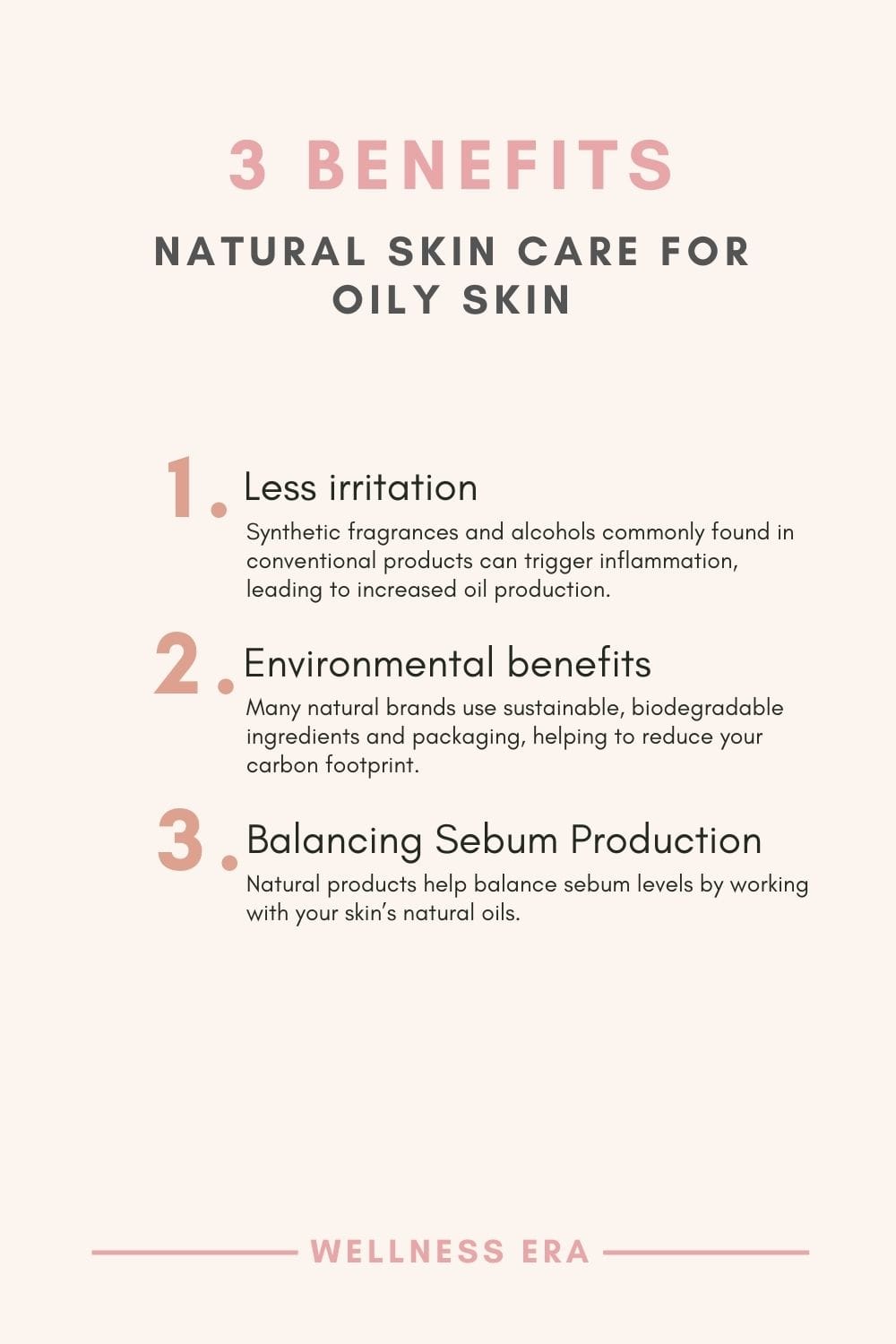
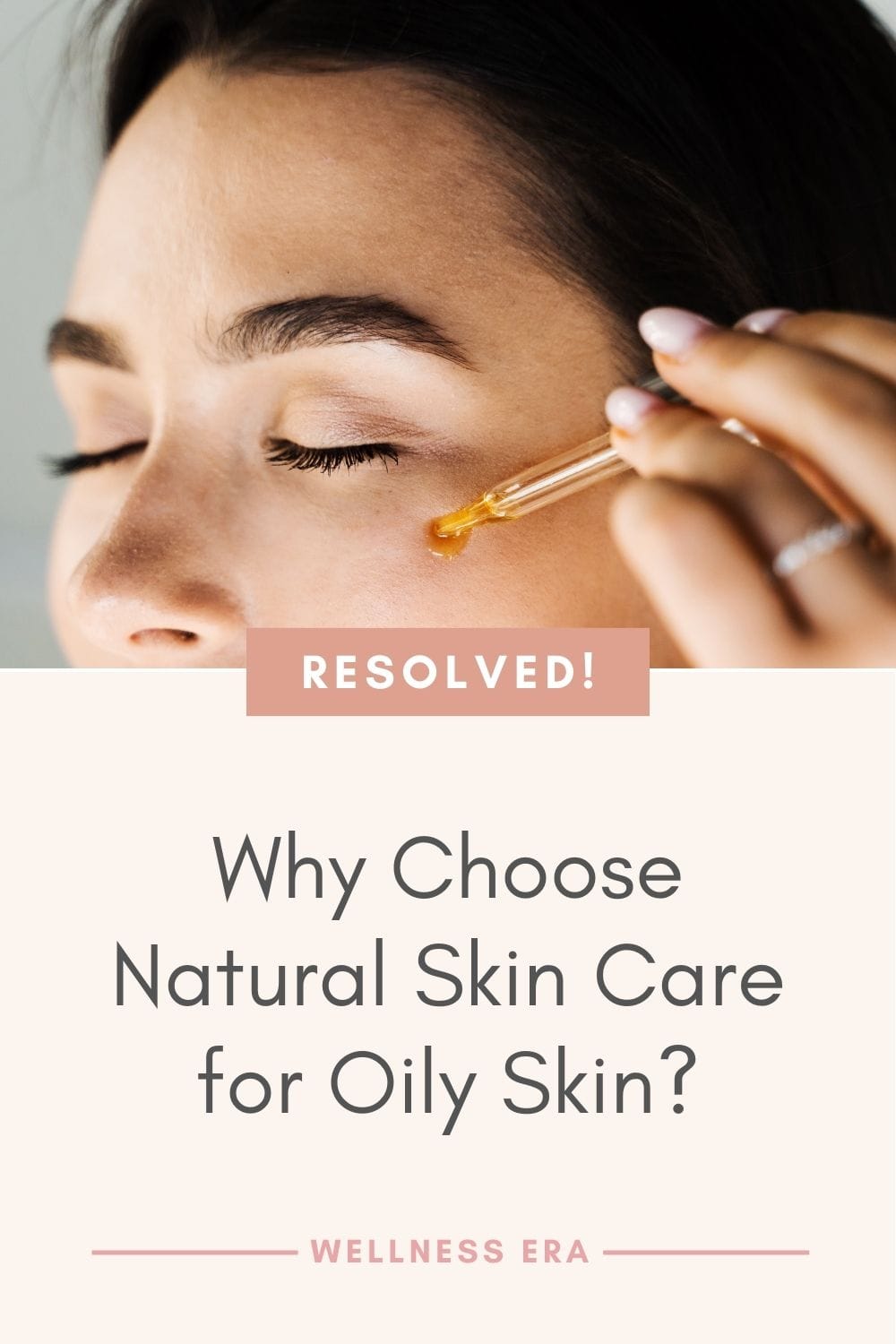
References
Pappas, A., 2009. Epidermal surface lipids. Dermato-endocrinology, 1(2), pp.72-76. (URL: PubMed Central)
Veysey, E.C. and Boyapati, A., 2014. Irritant contact dermatitis and its role in acne formation. Dermatitis, 25(2), pp.61-69.
Top 10 Natural Skin Care Tips for Oily Skin
When it comes to managing oily skin naturally, it's all about balance. The key is to care for your skin gently while using products and routines that help regulate oil production without over-stripping or irritating your skin. With that in mind, here are 10 simple and effective tips to help you keep your oily skin in check—naturally.
1. Cleanse Once a Day with a Gentle, Natural Cleanser
Cleansing is an essential part of any skincare routine, but with oily skin, the temptation to over-wash can be strong. You might feel like scrubbing away that excess oil will solve the problem, but over-cleansing can actually make things worse. Excessive washing can strip your skin of its natural oils, prompting your sebaceous glands to produce even more oil to compensate (Wollina, 2018).
It’s important to use a gentle, natural cleanser that won’t strip your skin of moisture. Look for cleansers with non-toxic, soothing ingredients that clean without being overly harsh. Cleansing just once a day, preferably in the evening to remove dirt, pollutants, and makeup, can help maintain your skin’s balance. Research shows that gentle cleansers formulated without irritants are effective in managing oily skin without triggering excessive sebum production (Oblong, 2008).
Cleansing is the cornerstone of any skincare routine, especially when it comes to managing oily skin. But do you know why it’s so important? From removing impurities to setting the stage for other products to work their magic, cleansing does more than you might think! Click the link below to dive deeper into the importance of cleansing in natural skincareand discover how this simple step can transform your skin!
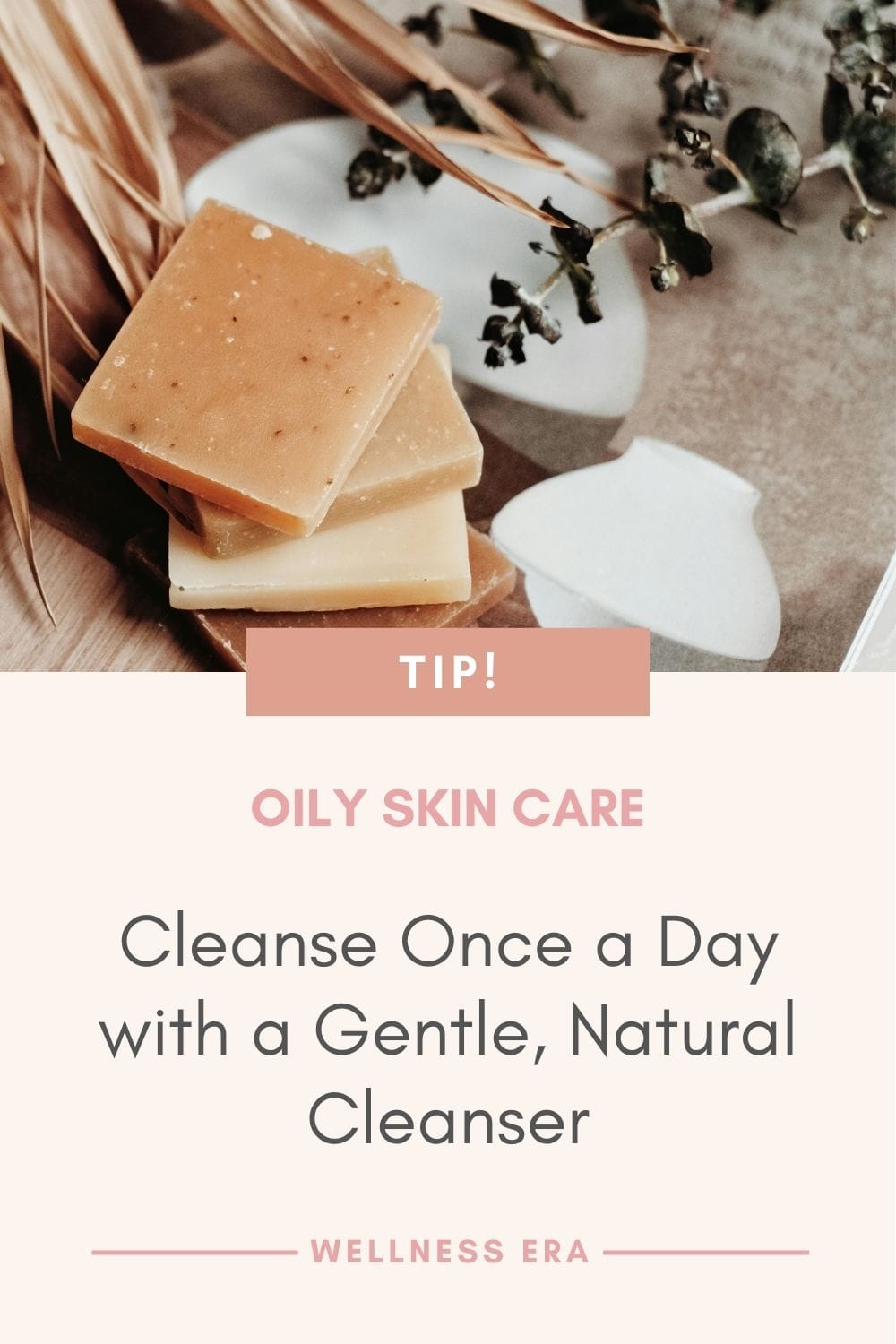
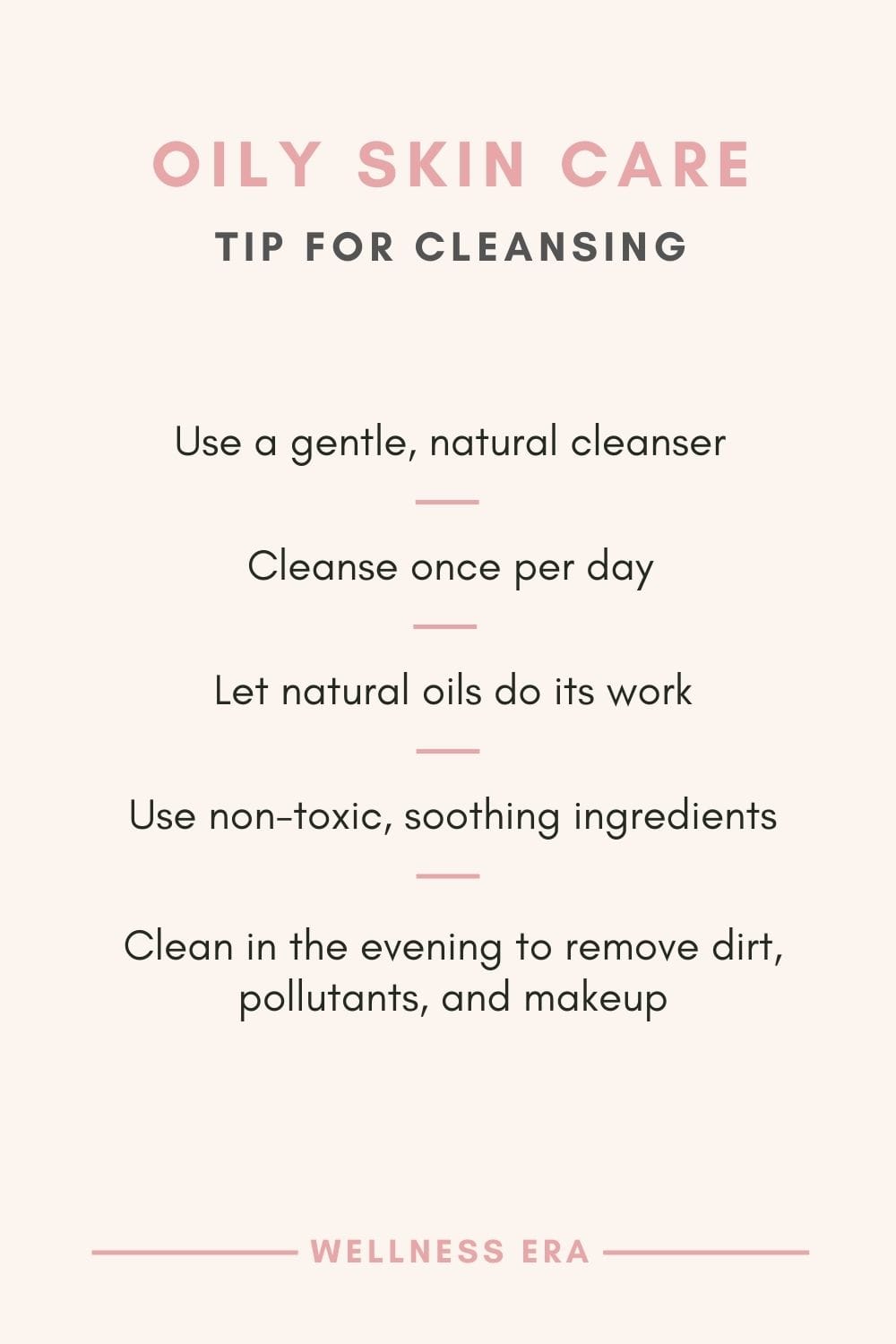
How to Cleanse Effectively:
Use lukewarm water (hot water can stimulate more oil production).
Massage the cleanser in gentle circular motions for about 30 seconds to a minute.
Pat your face dry with a soft, clean towel—don’t rub harshly, as this can irritate the skin.
Find the perfect natural cleanser to keep your skin glowing and balanced! check out our Top 5 Natural Cleansers for Glowing Skin
2. Hydrate from the Inside Out
One of the biggest myths about oily skin is that it doesn’t need hydration. The truth is, hydration is critical for all skin types, including oily skin. Proper hydration helps your skin regulate sebum production. When your skin is dehydrated, it can trigger more oil production to compensate for the lack of moisture. Drinking water regularly throughout the day can help your skin maintain balance, and studies have shown that drinking adequate water can improve overall skin physiology and appearance (Palma et al., 2015).
Moreover, hydrating with water that’s rich in minerals and electrolytes can enhance your skin’s hydration at a deeper level. Including water-rich foods in your diet, such as cucumbers, watermelon, and leafy greens, can also boost hydration from the inside out, helping your skin look and feel more balanced.
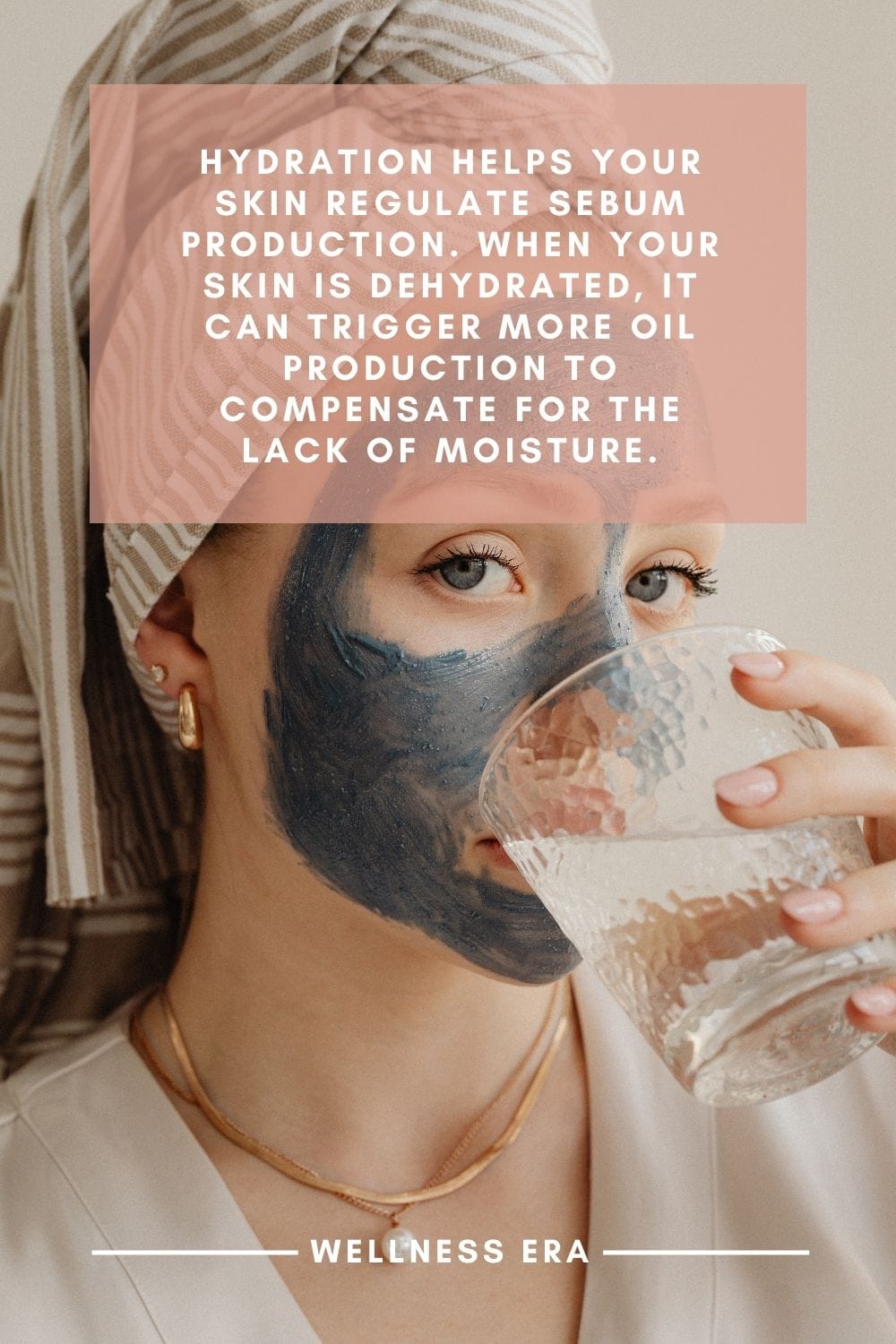
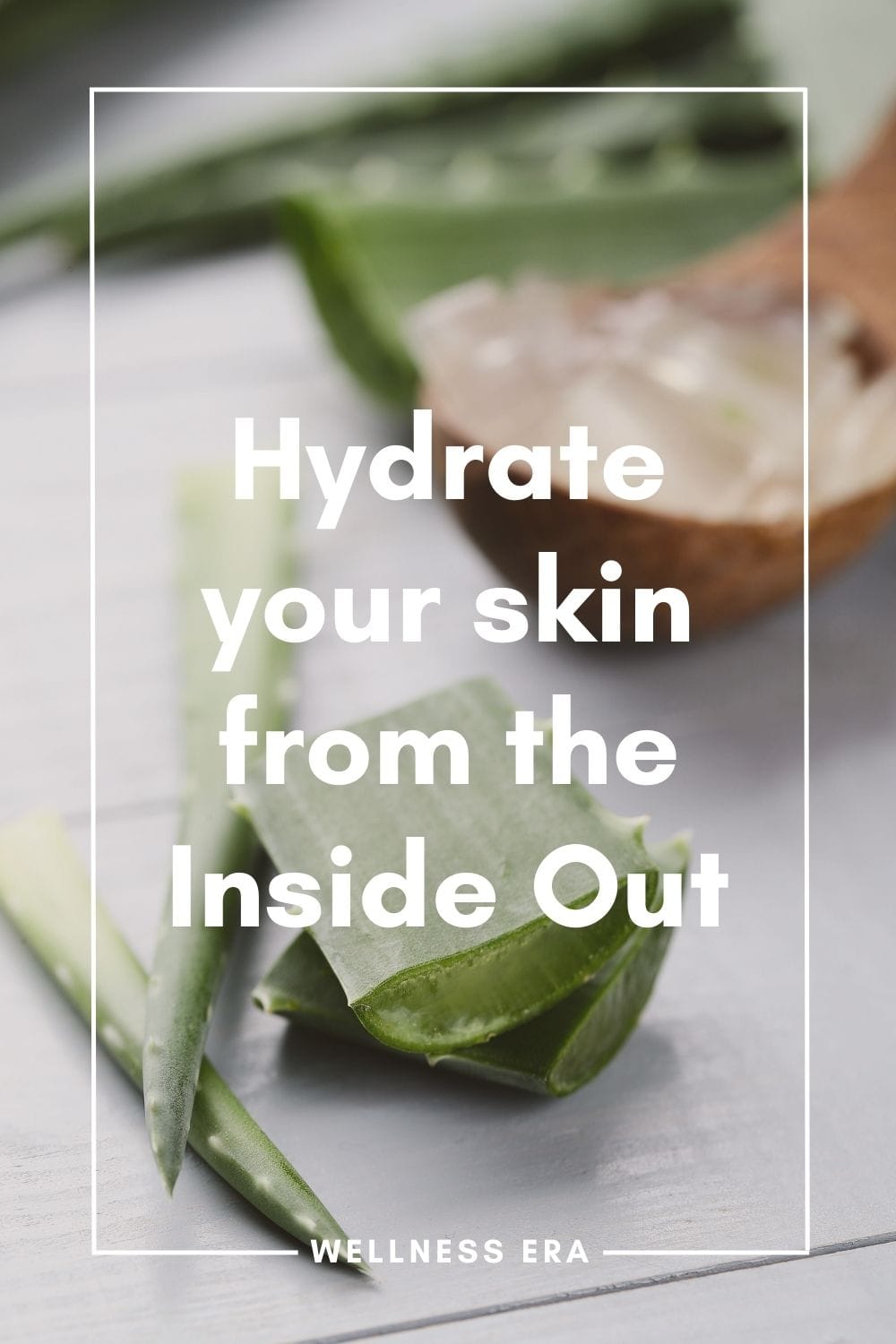
How Much Water Do You Need?:
Experts generally recommend drinking 8-10 cups of water per day, depending on your activity level, to keep your skin hydrated and functioning optimally (Palma et al., 2015).
3. Moisturize Daily with Lightweight, Natural Moisturizers
Many people with oily skin avoid moisturizers, thinking that adding more moisture will only worsen their problem. However, this is another myth! Moisturizing is essential for oily skin because it helps maintain the skin’s natural moisture barrier. When you skip moisturizer, your skin can become dehydrated, which signals your sebaceous glands to produce even more oil in an attempt to restore moisture (Kraft & Lynde, 2005).
For oily skin, it’s important to choose a lightweight, non-comedogenic moisturizer that provides hydration without clogging your pores. A good moisturizer will help lock in moisture, balance oil production, and protect your skin’s barrier function. Research supports the use of lightweight moisturizers for oily skin types, as they can improve overall skin texture and reduce sebum production when used regularly (Draelos, 2014).
Moisturizing oily skin might sound tricky, but it’s all about finding the right balance! Curious about How to Moisturize Your Skin Naturally? Read our blog post to explore everything you want to know about moisturizing your skin! From different skin types to routines. Learn the key practices for skin hydratation.
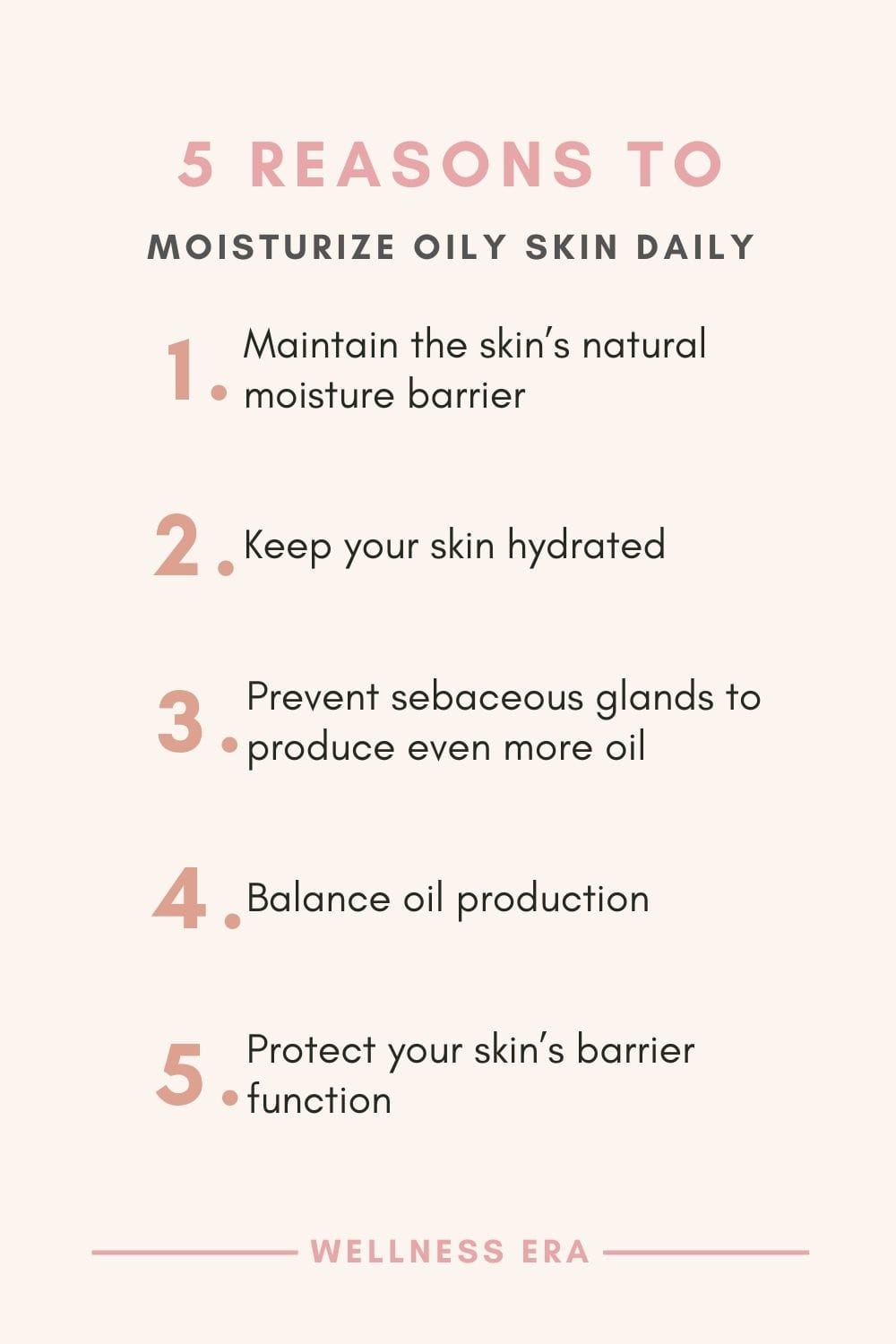
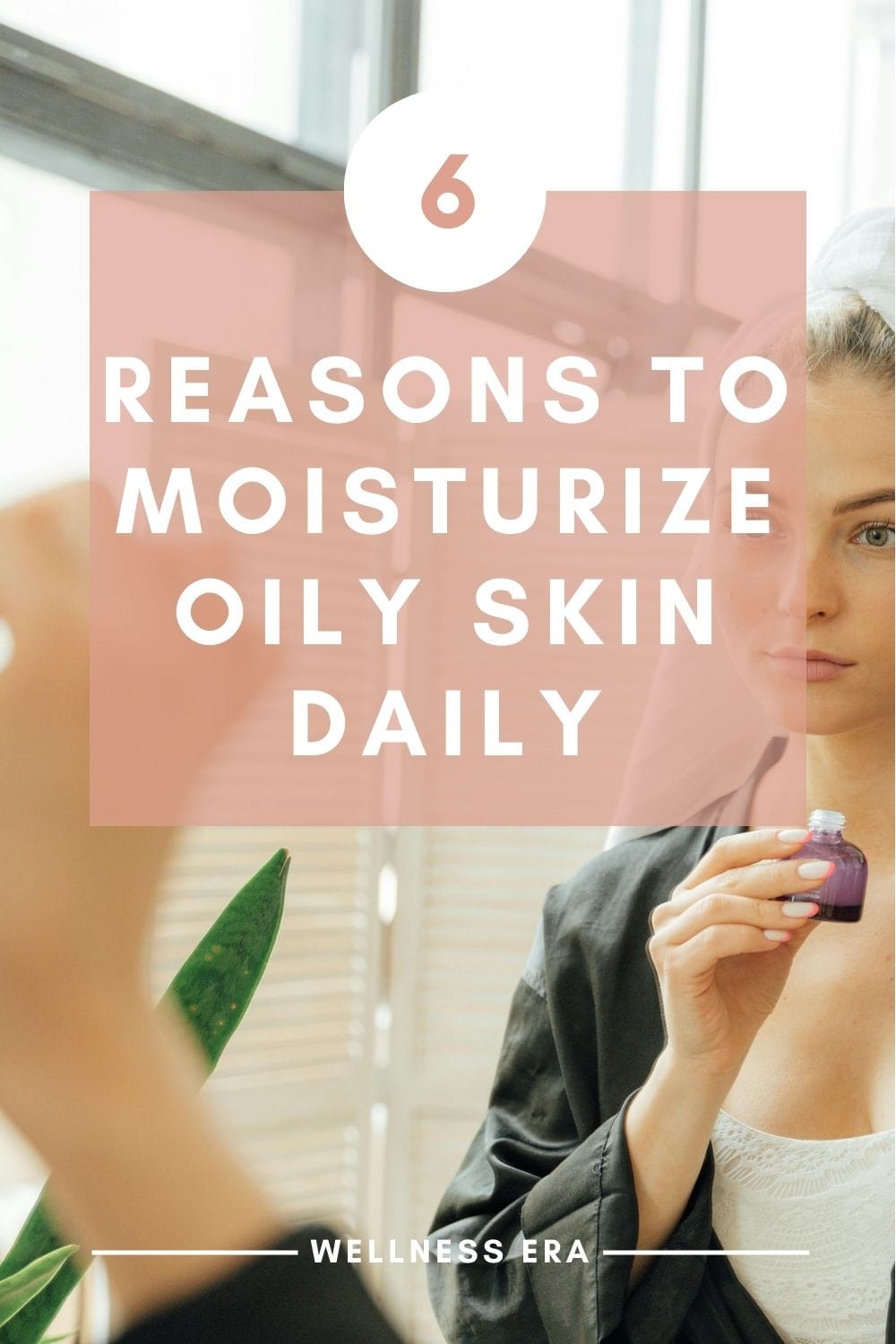
Moisturizing Tips:
Apply moisturizer right after cleansing, while your skin is still damp, to lock in moisture.
Use it both in the morning and at night to keep your skin balanced and hydrated.
Find the perfect natural moisturizer to keep your skin glowing and balanced! check out our Best Natural Moisturizers for Oily Skin
4. Exfoliate Regularly with Natural Exfoliants
Exfoliation is a crucial step for oily skin, as it helps to remove dead skin cells that can clog pores and contribute to breakouts. Regular exfoliation not only clears away these dead cells but also helps prevent excess oil from becoming trapped in your pores. However, it’s important to exfoliate gently—harsh scrubs or over-exfoliating can irritate your skin, leading to increased oil production as your skin tries to heal and protect itself (Sivamani et al., 2012).
Using natural exfoliants like oatmeal or sugar can be much gentler on your skin while still providing the benefits of exfoliation. Natural exfoliants break down dead skin cells without the need for harsh chemicals or abrasive ingredients. For oily skin, it’s recommended to exfoliate once or twice a week, depending on your skin’s sensitivity. Regular exfoliation will leave your skin feeling smooth and fresh, and it can also help with minimizing the appearance of pores.
Exfoliation is the secret to smoother, brighter skin—but how do you choose the right method? Natural exfoliants can work wonders without being harsh on your skin. In our blog post Boost Cell Turnover Naturally: Exfoliants for Smoother, Brighter Skin you can discover how to exfoliate naturally and reveal your freshest, most radiant skin yet!
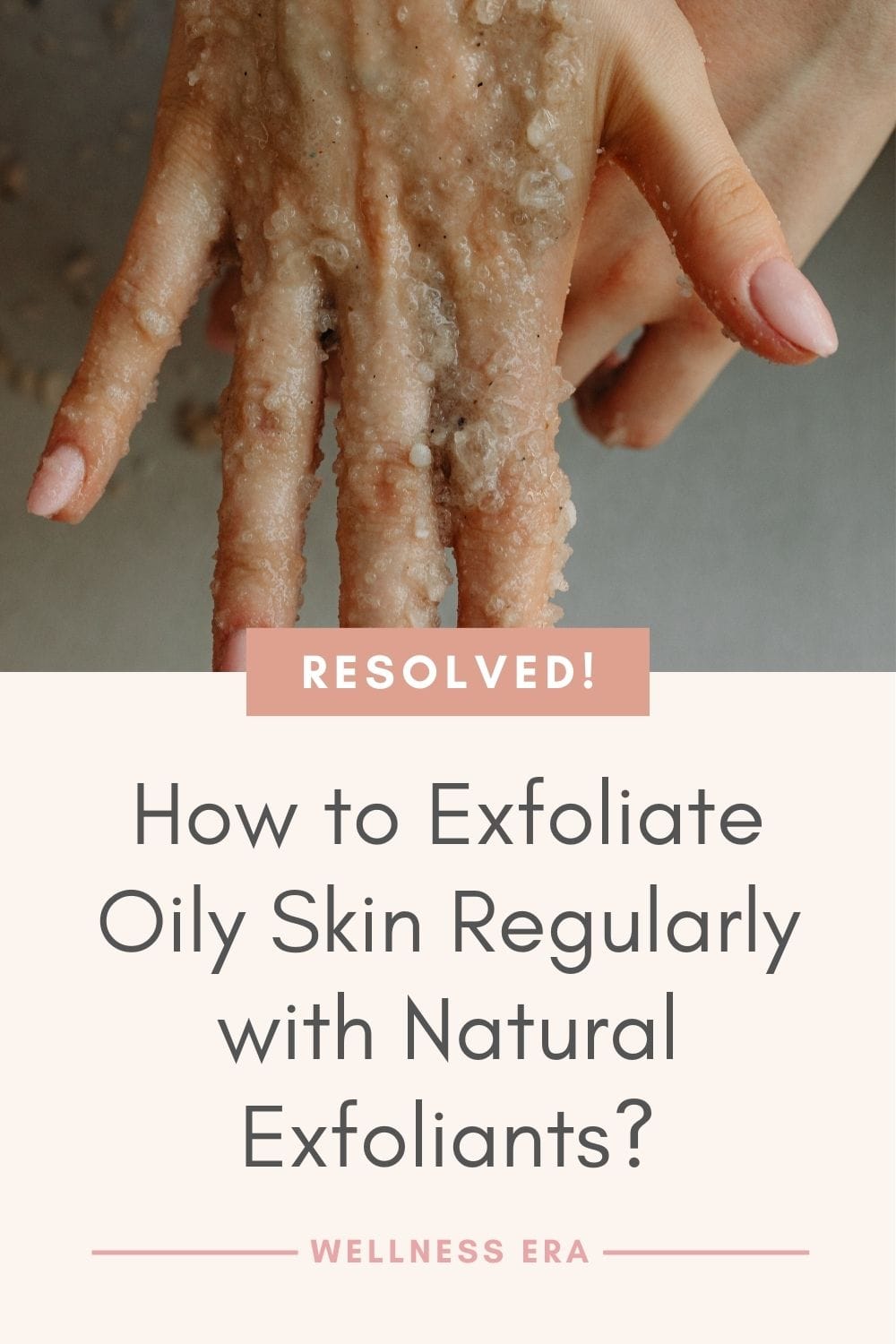
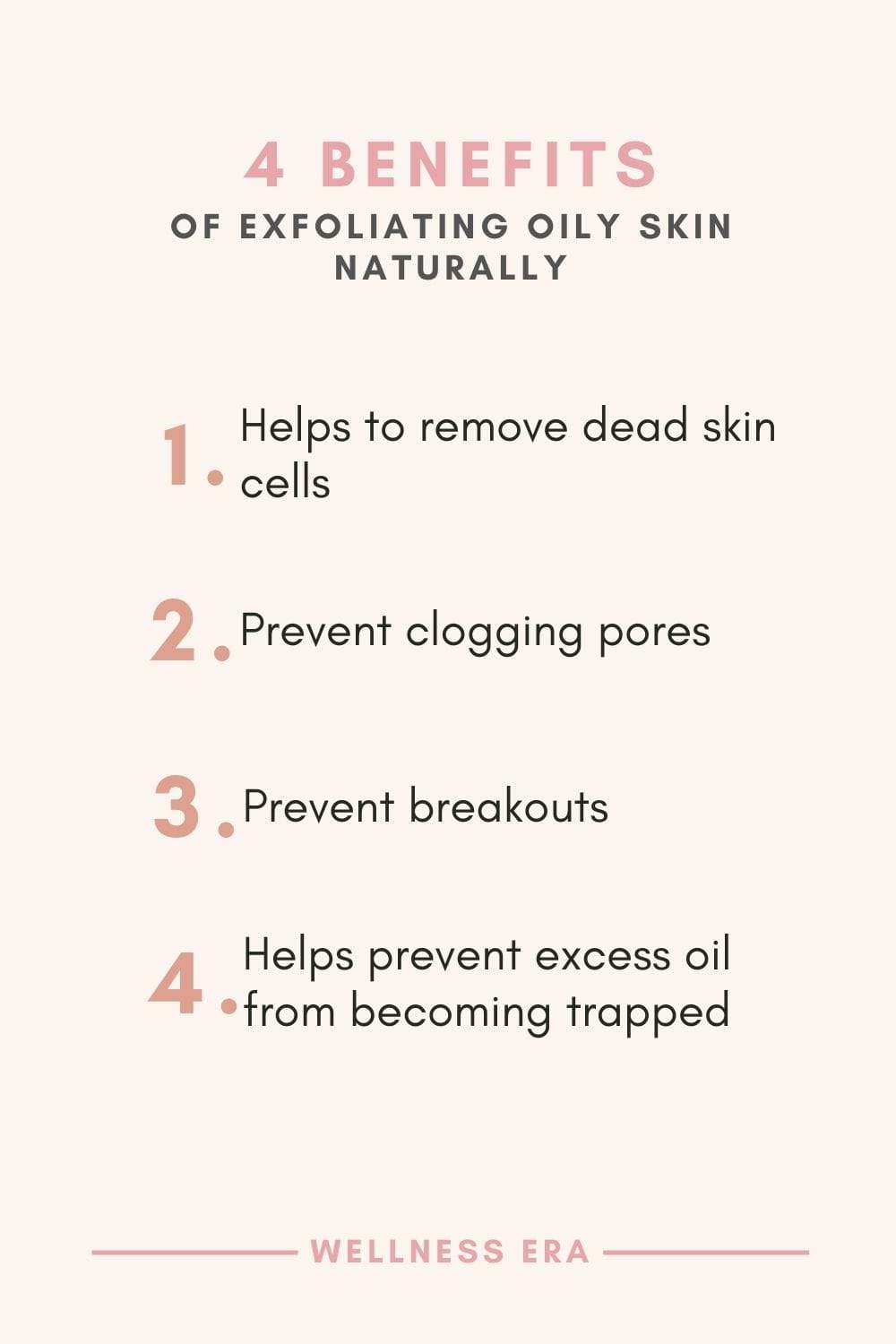
How to Exfoliate Safely:
Choose a gentle, natural exfoliant and apply in soft, circular motions—avoid scrubbing harshly.
Follow up with a moisturizer to replenish moisture and keep your skin barrier intact.
Do you have difficulty finding a natural moisturizer to keep your skin glowing and balanced? check out our 5 Best Natural Exfoliants for Clear Skin
5. Incorporate Clay Masks for Deep Cleansing
One of the best treatments for oily skin is a clay mask. Clays such as bentonite, kaolin, or French green clay have natural absorbent properties that draw out excess oil, impurities, and toxins from the skin. These masks help to deep clean your pores, which is essential for oily skin as it tends to accumulate sebum and dirt more quickly than other skin types (Williams & Haydel, 2010).
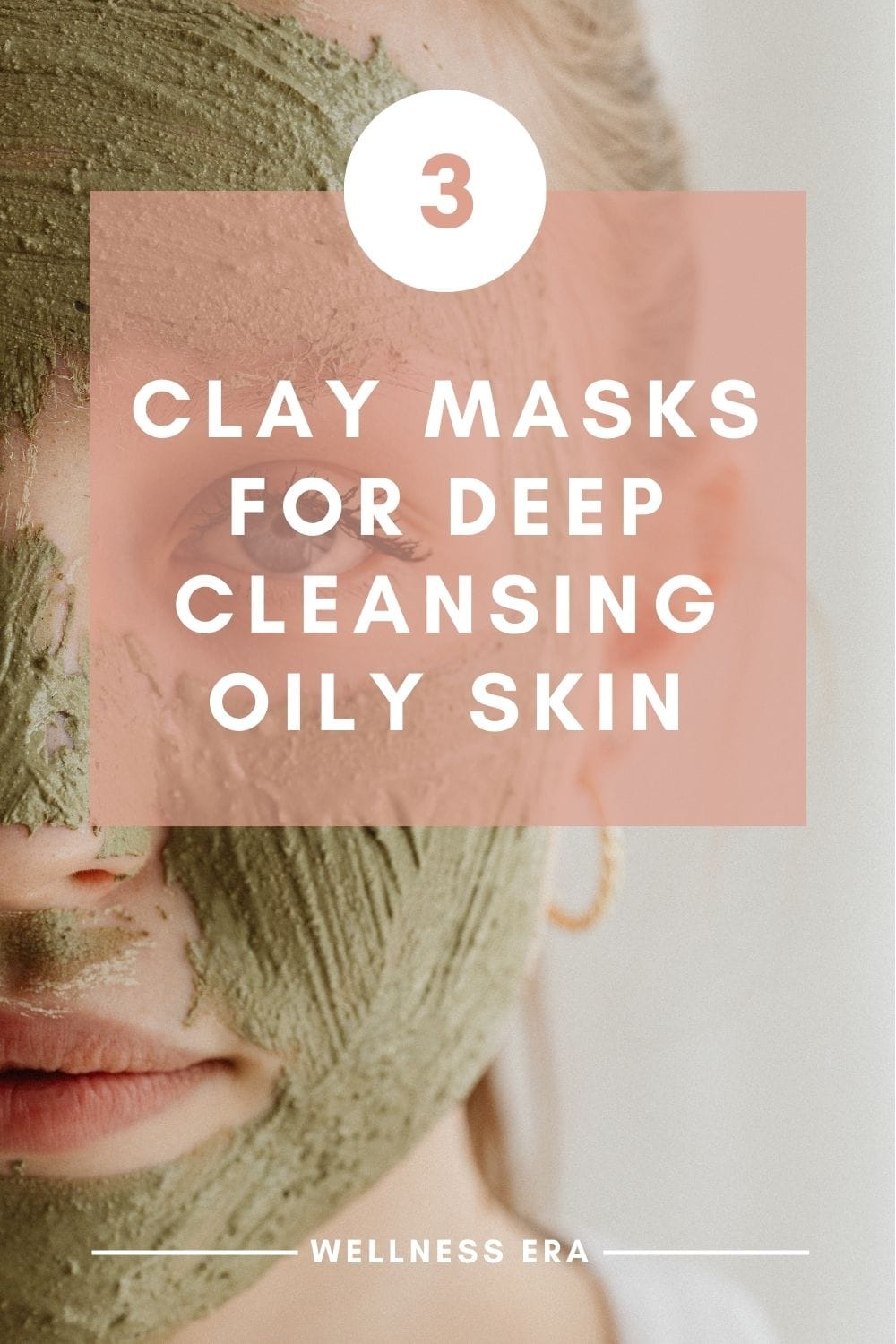
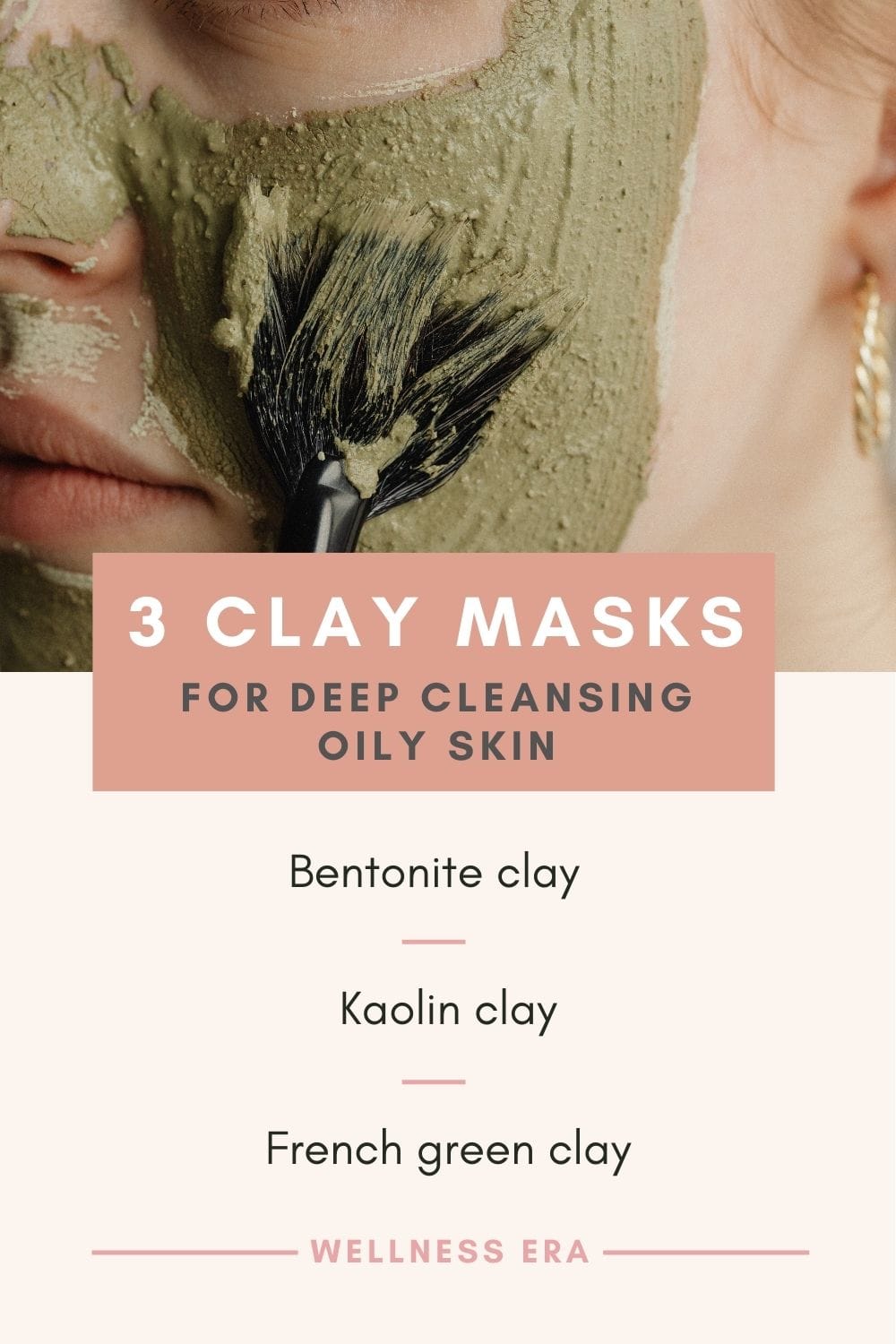
Clay masks are a wonderful natural remedy because they work by pulling oils and debris from deep within the skin without stripping it of its essential moisture. Regular use of clay masks—about once or twice a week—can help regulate oil production and keep your pores clear, reducing the likelihood of breakouts.
How to Use a Clay Mask:
Apply a thin layer of the clay mask to clean skin and leave it on for 10-15 minutes, or until it starts to harden.
Rinse thoroughly with lukewarm water and pat your face dry with a soft towel.
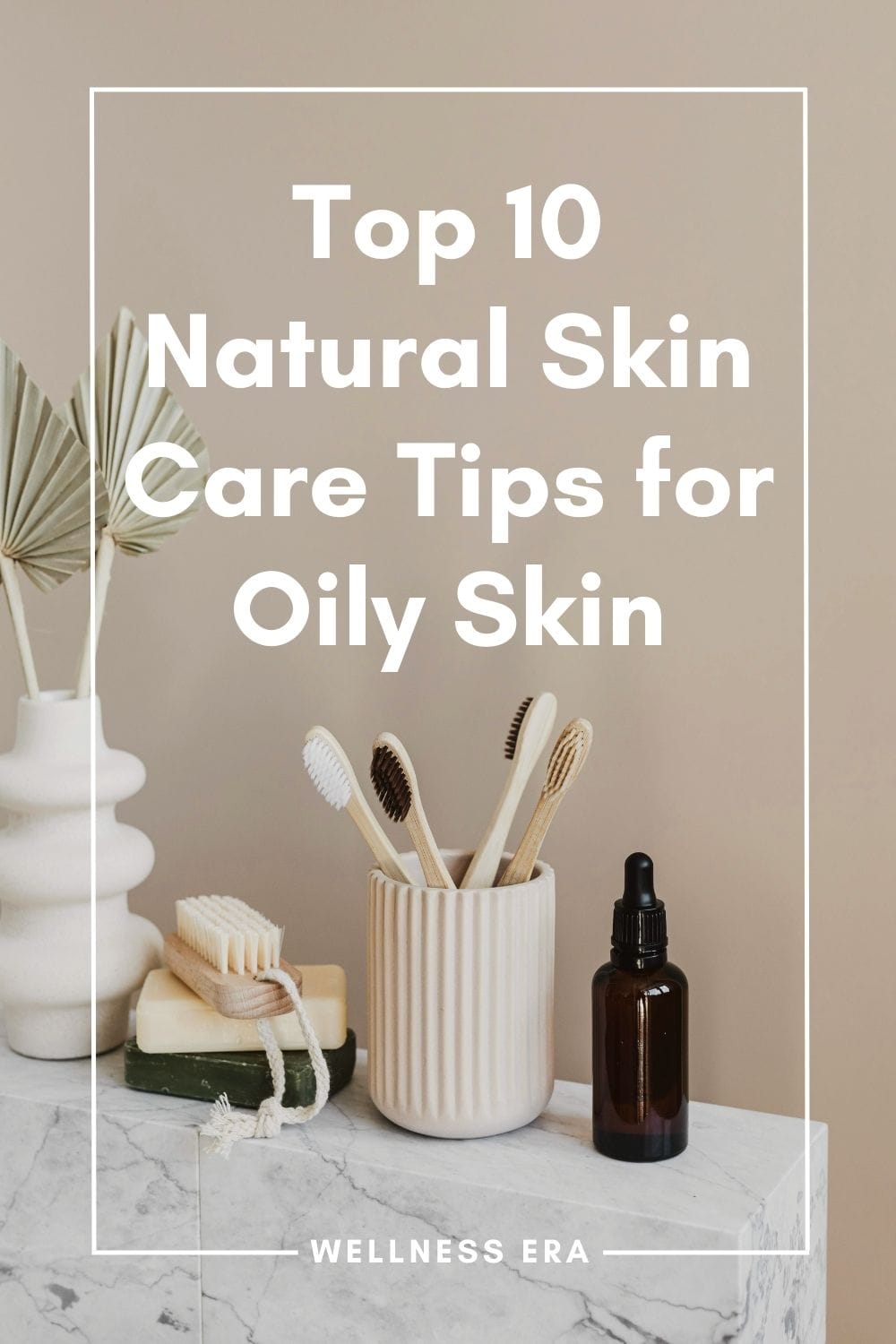
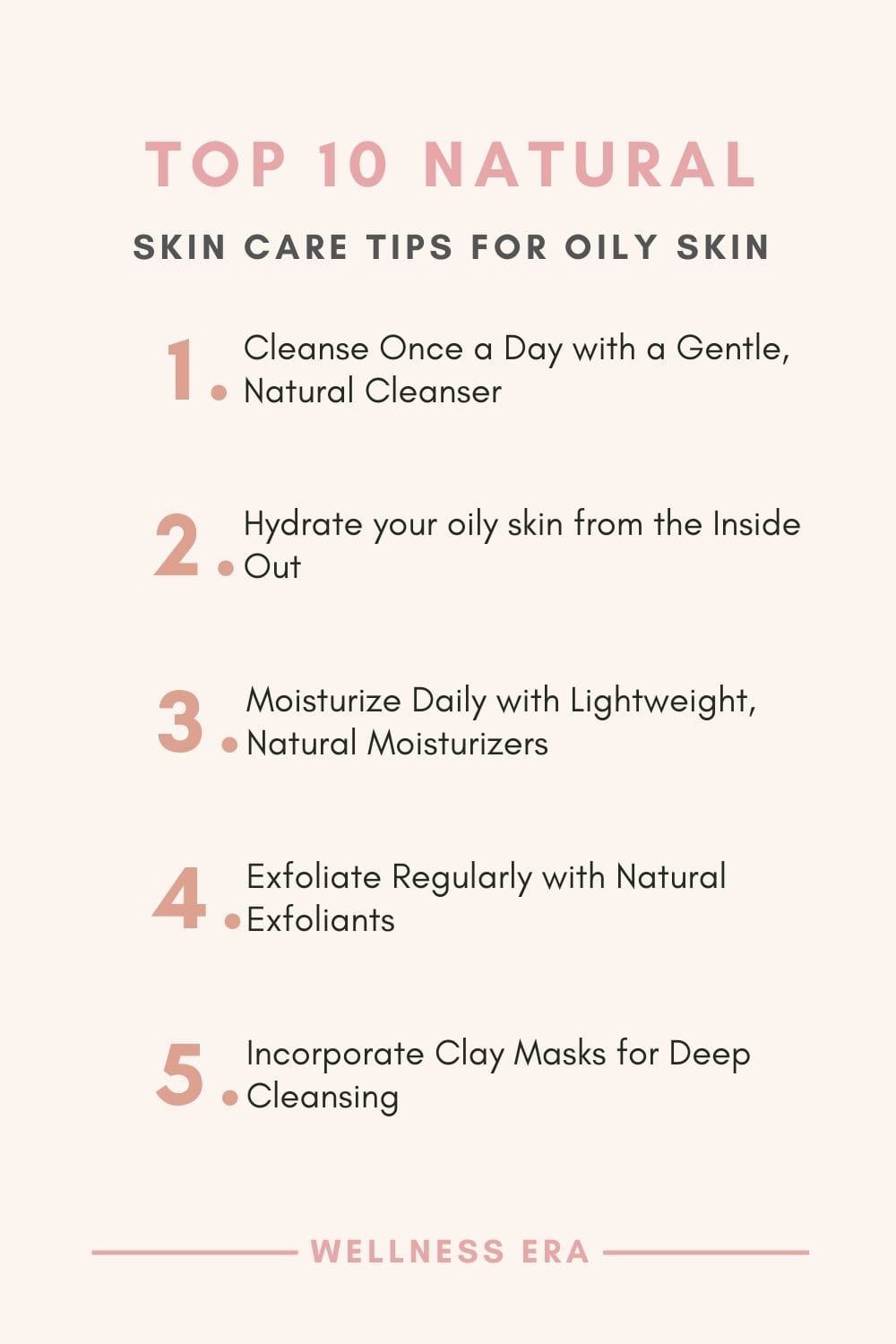
6. Eat a Diet Rich in Omega-3s and Antioxidants
Healthy skin isn’t just about what you put on it—what you put into your body plays a huge role in balancing oil production. A diet rich in omega-3 fatty acids and antioxidants has been shown to help reduce inflammation and regulate sebum production, which is beneficial for oily skin. Omega-3s, found in foods like flaxseeds, walnuts, and fish, have anti-inflammatory properties that help manage acne and reduce excess oil (Simopoulos, 2002).
Additionally, antioxidants like vitamin C and vitamin E, which are found in foods such as berries, leafy greens, and nuts, help protect your skin from environmental stressors and free radical damage. Incorporating these nutrients into your diet not only benefits your overall health but also helps your skin maintain a natural balance, reducing the severity of oiliness over time (Fuchs, 2010).
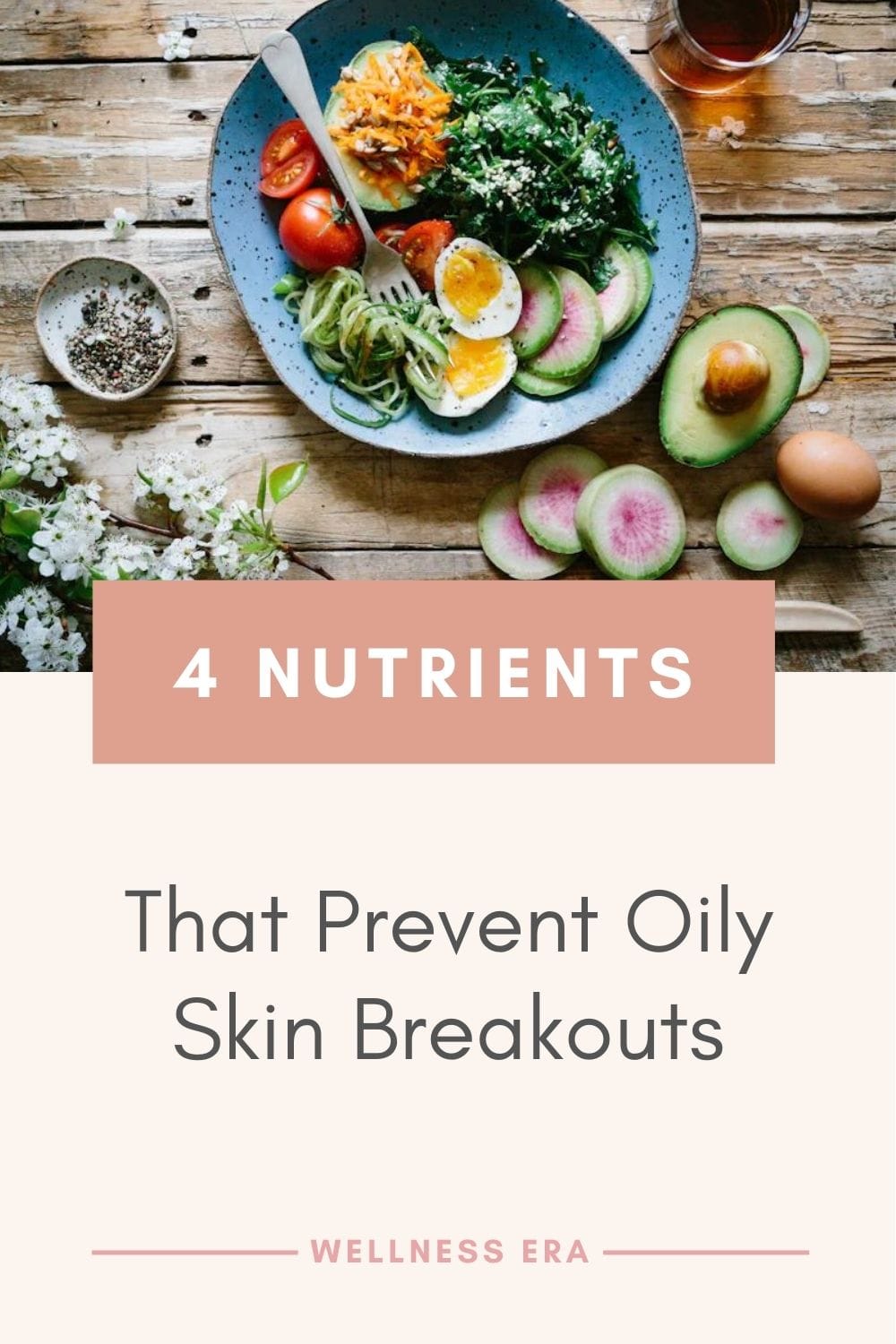
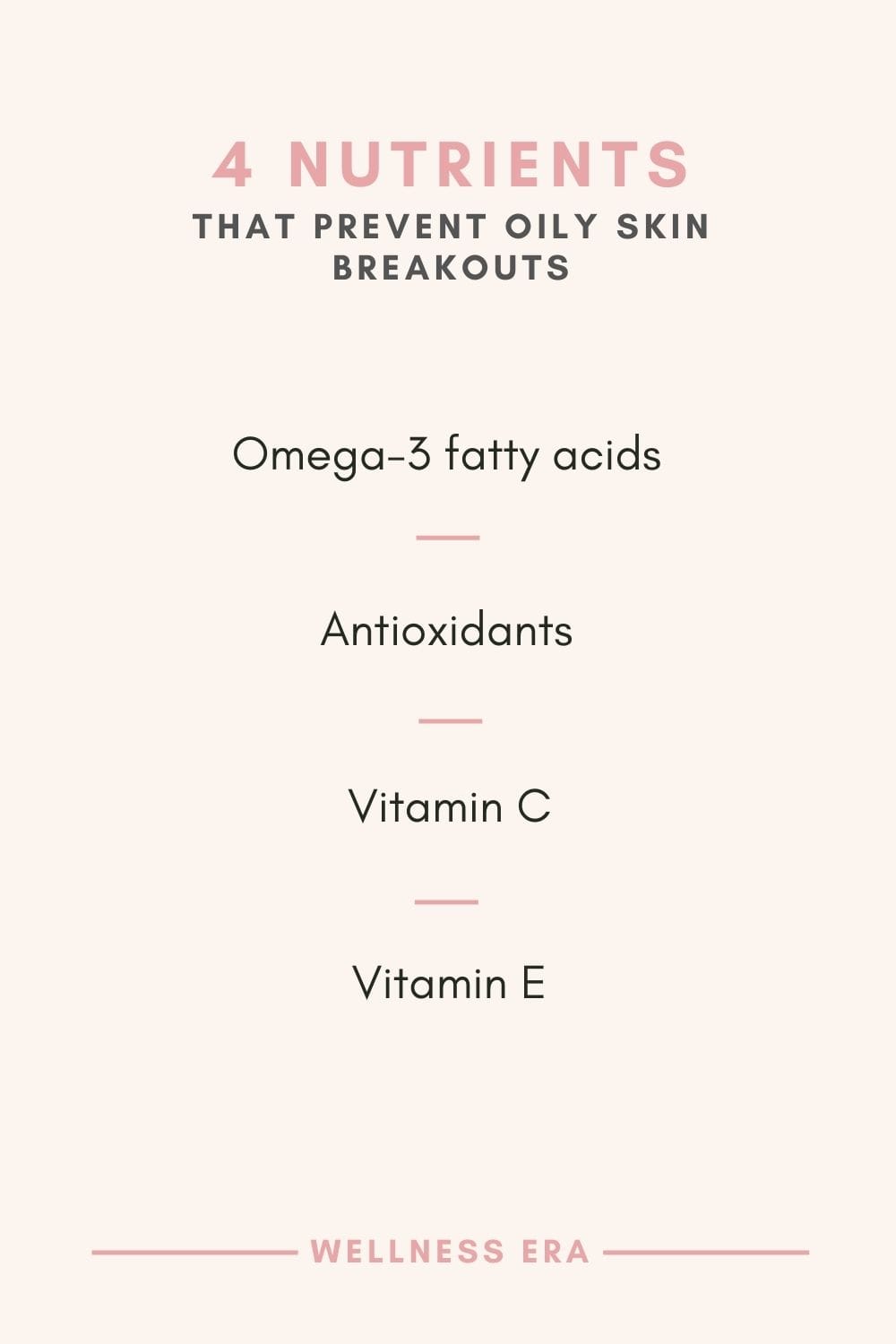
How to Eat for Healthy Skin:
Include omega-3-rich foods like salmon, flaxseeds, and walnuts in your daily meals.
Add antioxidant-rich fruits and vegetables such as spinach, kale, and berries to your diet for enhanced skin protection.
7. Identify Food Allergies and Sensitivities
Sometimes the root cause of oily skin can come from within, particularly from food allergies or sensitivities. These can trigger inflammation in the body, which in turn affects your skin’s oil production. For example, dairy and high-glycemic foods (foods that cause a rapid spike in blood sugar) have been linked to both acne and increased sebum production in some individuals (Bowe & Logan, 2010).
Identifying and eliminating trigger foods could help you achieve better control over your skin. If you suspect that food sensitivities may be contributing to your oily skin, consider keeping a food journal or speaking with a healthcare professional to identify potential triggers. Whole, unprocessed foods that nourish your body—like leafy greens, lean proteins, and whole grains—are your best allies for achieving balanced skin.
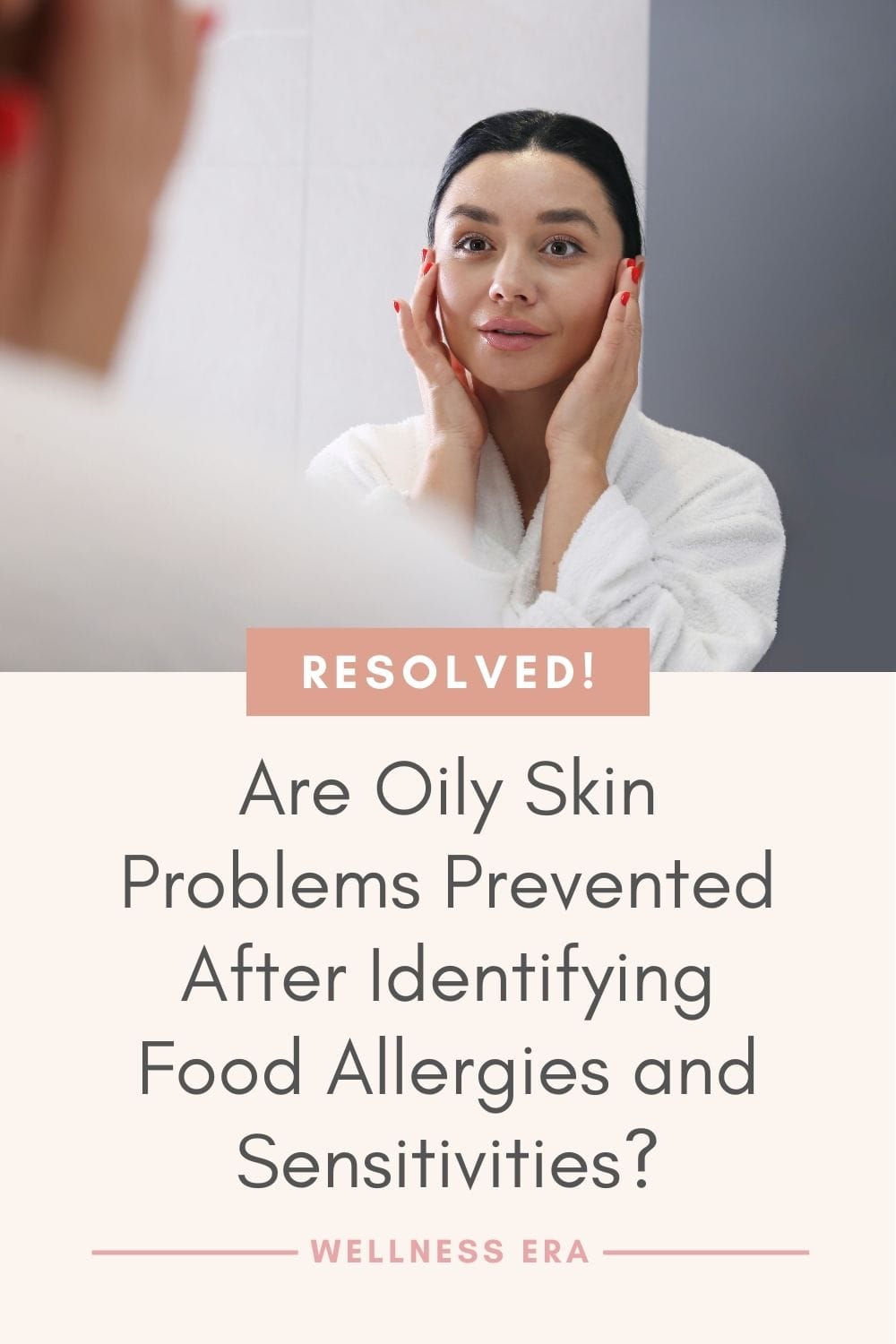
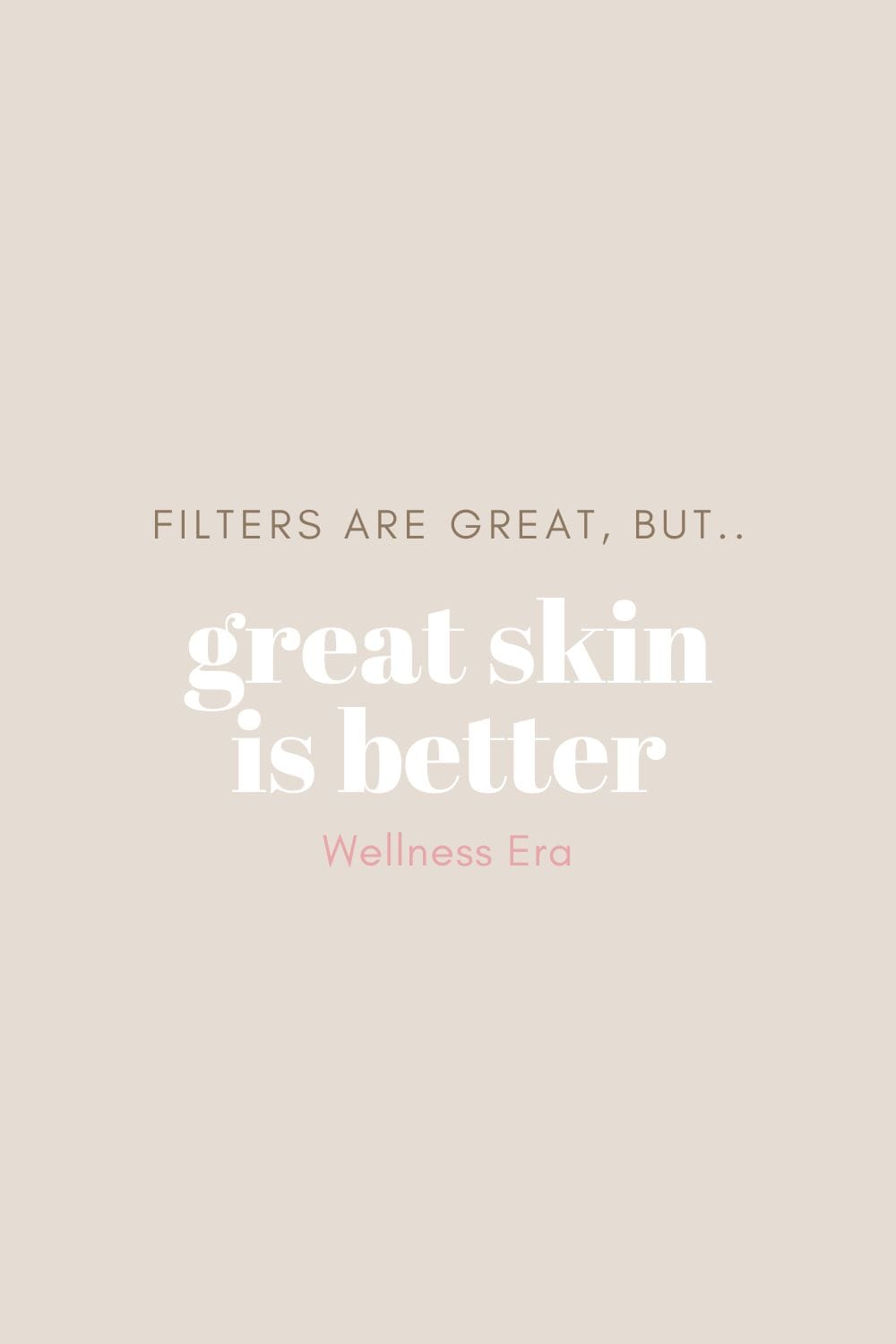
How to Check for Food Sensitivities:
Start by eliminating common triggers such as dairy, refined sugars, and high-glycemic foods, and observe how your skin reacts over a few weeks.
Consider consulting a nutritionist or allergist for a comprehensive assessment if you experience skin issues despite a balanced diet.
8. Switch to Silk or Bamboo Pillowcases
You may not think much about your pillowcase, but it could be affecting your skin more than you realize. Traditional cotton pillowcases can absorb oils from your face and hair, which then get re-deposited on your skin as you sleep, leading to clogged pores and increased oil production. Instead, opt for silk or bamboo pillowcases. These fabrics are naturally breathable, hypoallergenic, and non-absorbent, which helps reduce irritation and keeps oils from building up on your skin (Shanbhag et al., 2021).
Not only are these materials gentler on the skin, but they can also help reduce the friction that contributes to wrinkles and breakouts, making them a holistic addition to your natural skin care routine.
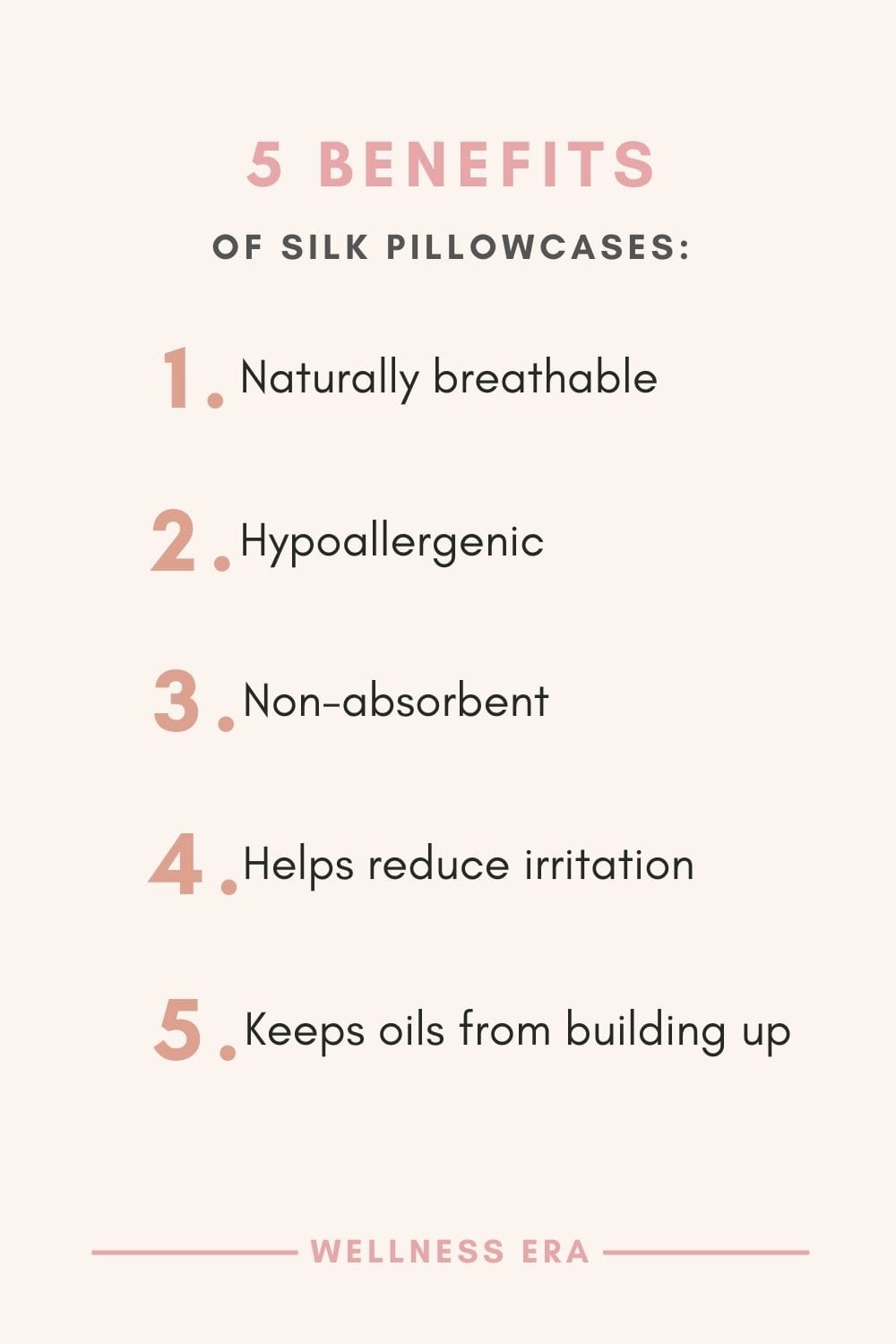
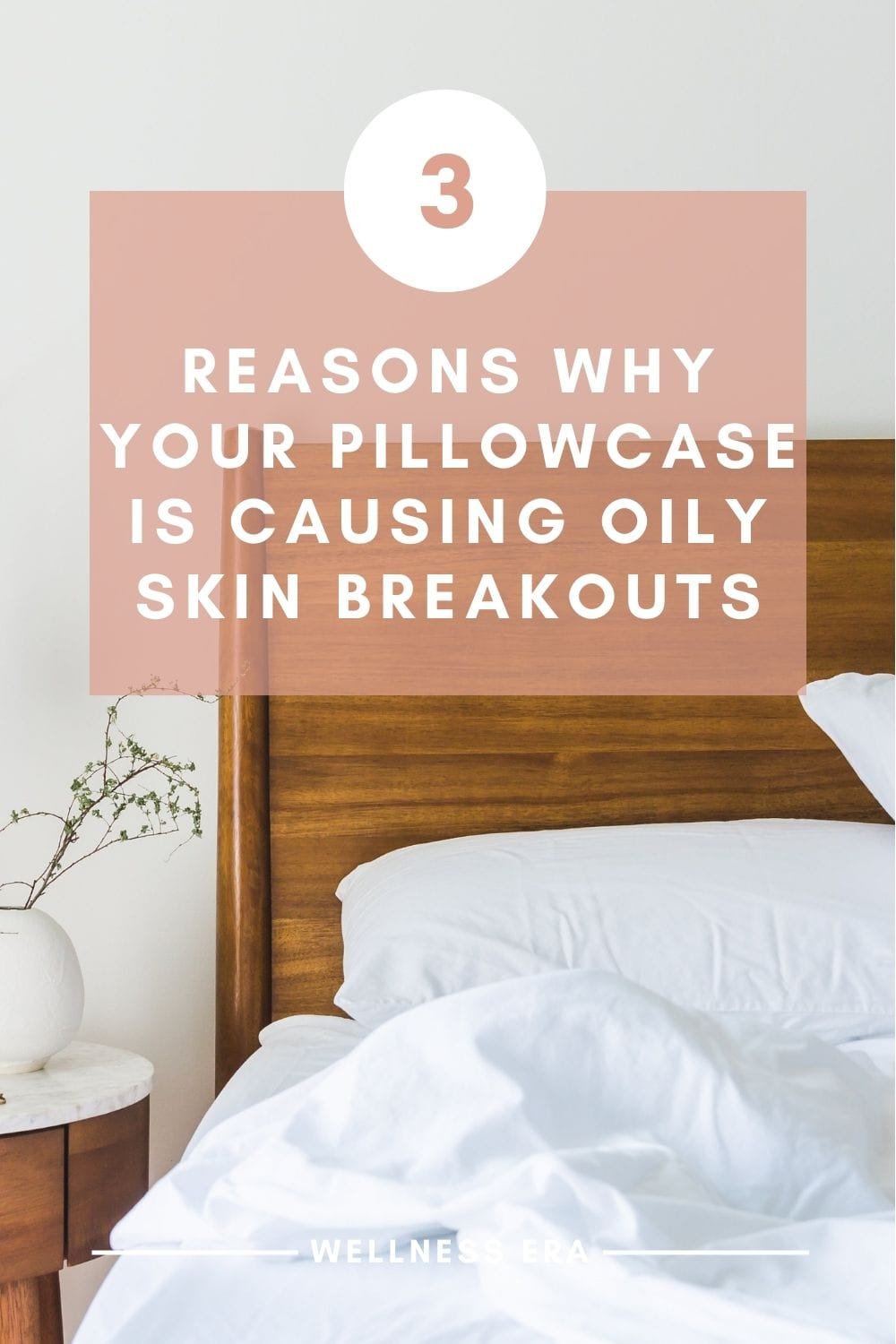
Why Choose Silk or Bamboo?:
These fabrics help your skin retain its natural moisture and prevent irritation, supporting your skin’s health overnight.
Wash pillowcases frequently (at least once a week) to ensure they stay free from dirt, oils, and bacteria.
9. Avoid Anything That Clogs Pores
For oily skin, avoiding products that clog your pores is essential. This includes heavy, oil-based moisturizers and thick makeup that can trap oil and dirt on the surface of your skin. Comedogenic products (those that block pores) can aggravate oily skin, leading to more blackheads, whiteheads, and acne.
If you do wear makeup, choose mineral-based makeup that's oil-free and won’t clog your pores. Also, be mindful of the ingredients in your skincare products—stick to non-comedogenic, lightweight formulations to keep your skin free from excess oil buildup.
Additionally, habits like frequently touching your face throughout the day can transfer dirt and bacteria, contributing to breakouts. By keeping your hands off your face and choosing non-comedogenic products, you give your skin a better chance to breathe and stay balanced.
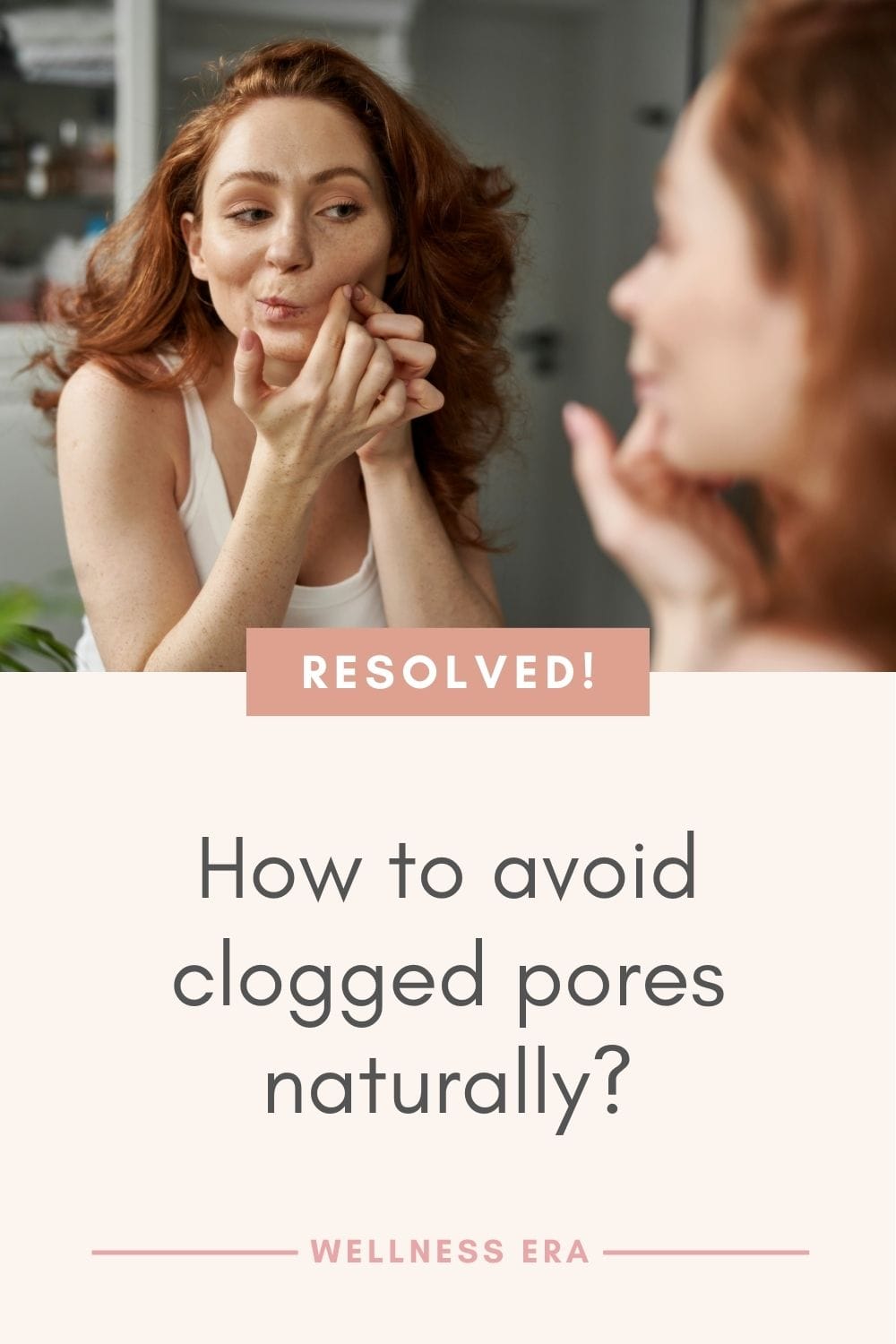
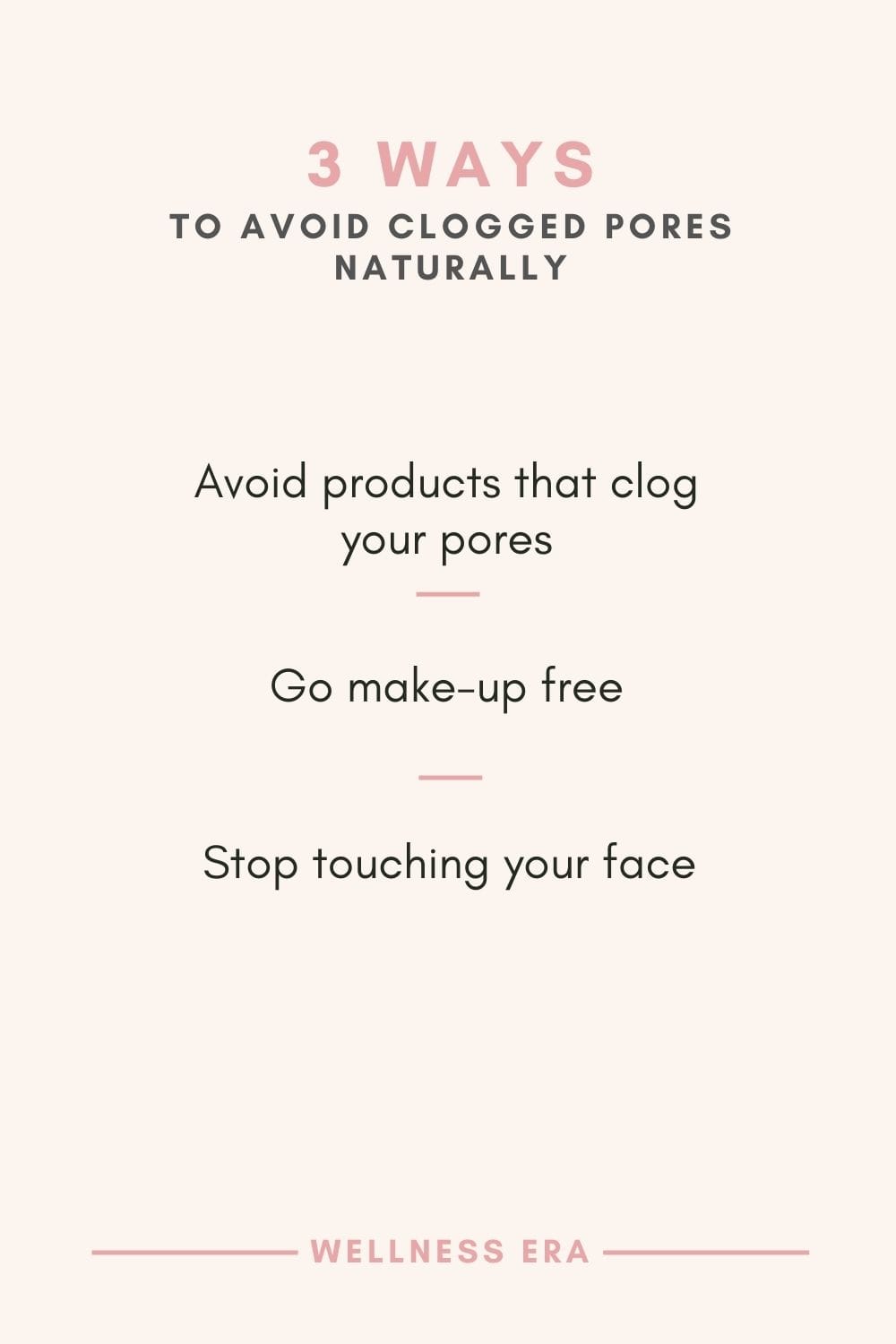
How to Avoid Clogged Pores:
Look for skincare products labeled non-comedogenic or oil-free.
When possible, go makeup-free to let your skin breathe, especially on days when you're just staying at home.
10. Protect Your Skin from the Sun While Benefiting from Vitamin D3
While protecting your skin from excessive sun exposure is essential, it’s equally important to ensure you’re getting enough Vitamin D3 and Vitamin K2, both of which play crucial roles in skin health. Vitamin D3, produced by the skin when exposed to sunlight, helps support the immune system and aids in skin cell repair and growth (Bikle, 2014). Vitamin K2 works alongside Vitamin D3 to regulate calcium in the body, supporting bone health and contributing to overall skin vitality (Schurgers & Vermeer, 2000).
To balance sun protection with the need for these essential vitamins, consider spending time outdoors when UV radiation is low. You can check UV levels using a UV index app, which will tell you the safest times to be outside without sunscreen—typically early in the morning or late in the afternoon. This allows you to absorb Vitamin D3 naturally without exposing your skin to harmful levels of UV radiation.
However, when the UV index is high (usually midday), you’ll want to apply lightweight, non-comedogenic sunscreen to protect your skin from damage and prevent premature aging or worsening oil production. Natural sunscreens containing zinc oxide or titanium dioxide offer broad-spectrum protection without clogging pores, making them ideal for oily skin.
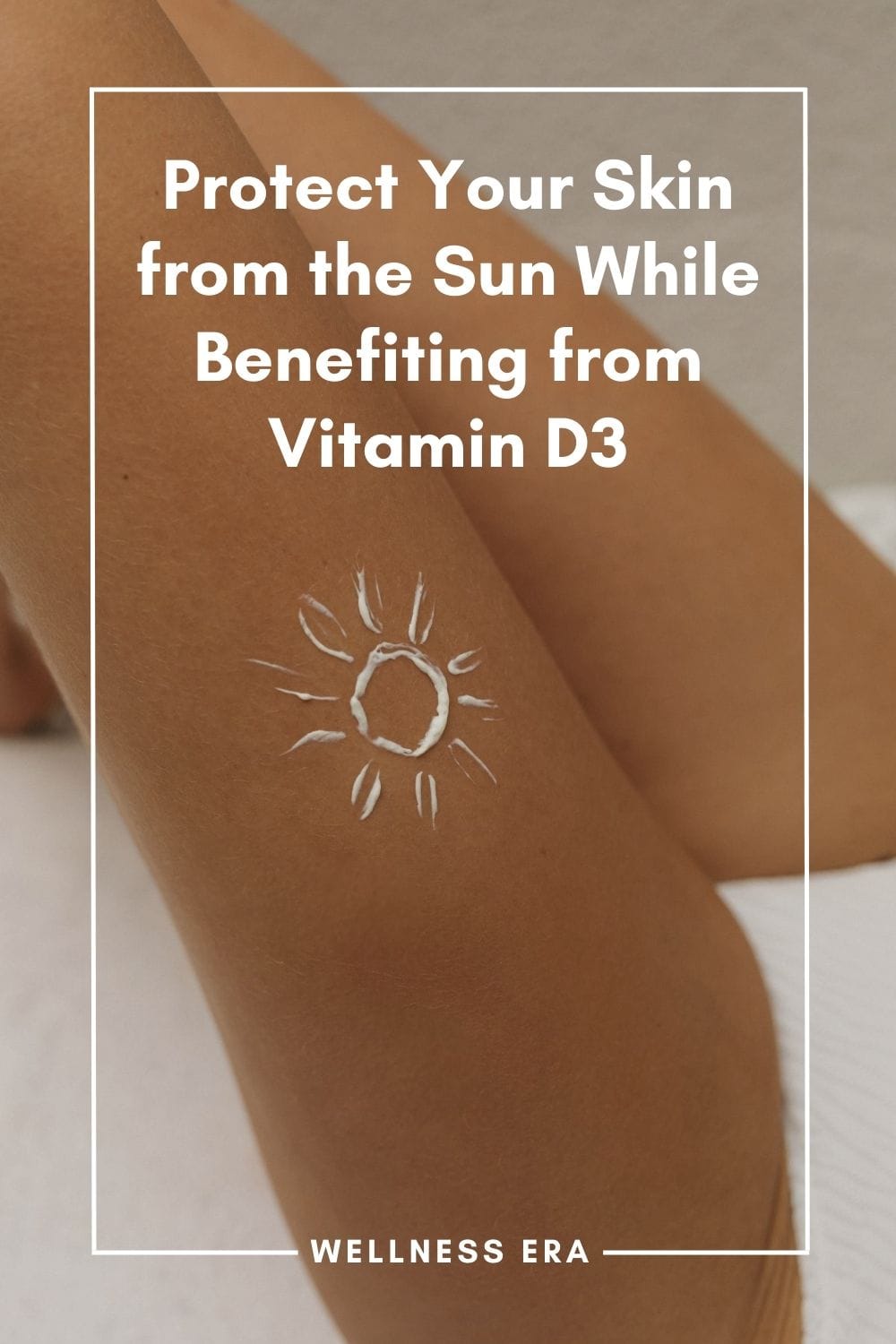
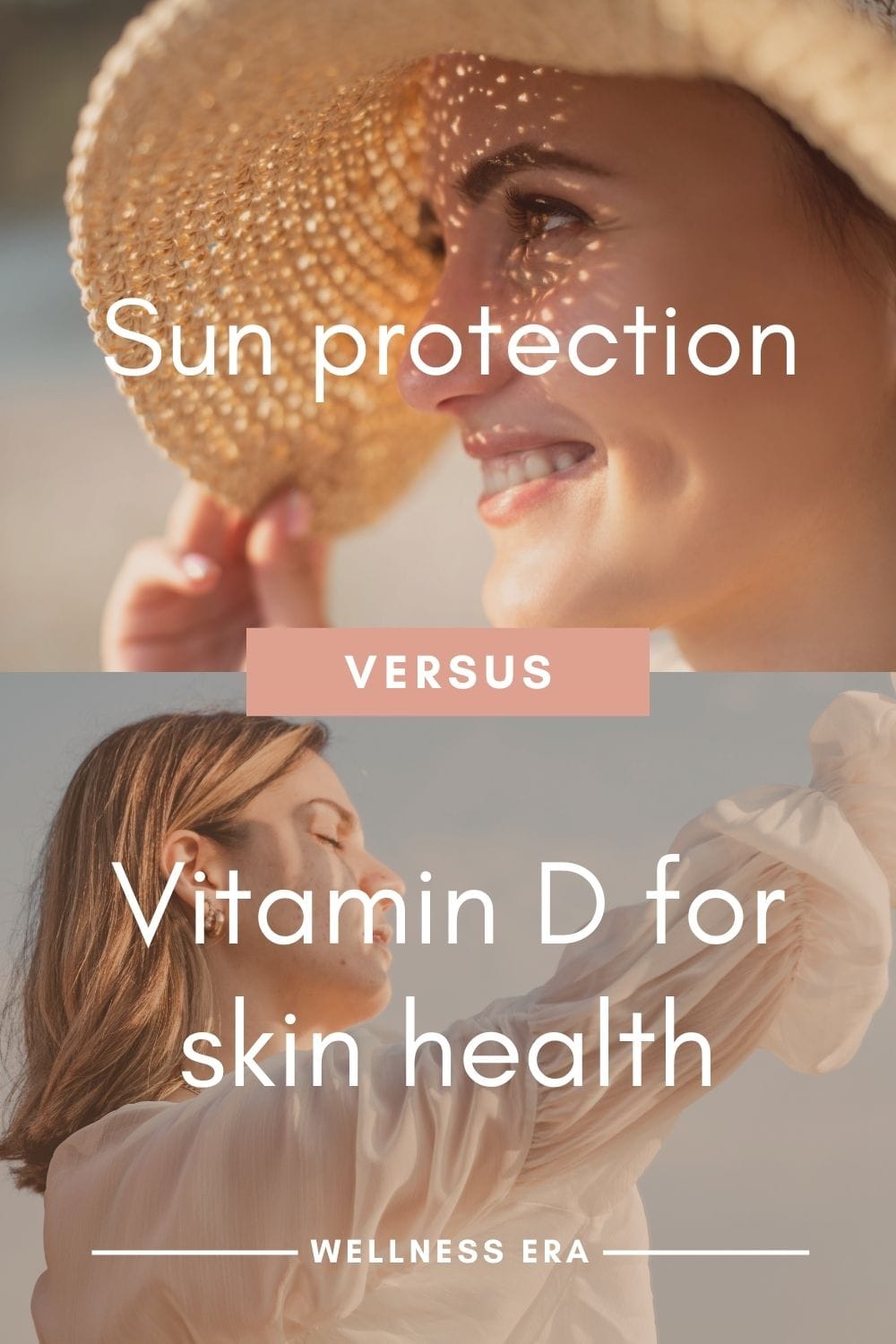
How to Safely Get Vitamin D3 and Protect Your Skin:
Spend 10-15 minutes outdoors during early morning or late afternoon when the UV index is low to boost Vitamin D3 levels naturally.
Use a UV index app to monitor the sun’s strength and plan your unprotected exposure accordingly.
When the UV index is high, apply a lightweight, non-comedogenic sunscreen to protect your skin from harmful UV rays while still reaping the benefits of sun exposure.
The sun might feel great, but too much exposure can harm your skin, especially if it’s oily or sensitive. Natural options like zinc oxide sunscreens and antioxidant-rich oils, such as raspberry seed oil, can protect your skin from UV rays and environmental damage while keeping it radiant. Do you want to read more about upgrading your sun protection game? Check out this guide on protecting your skin from UV radiation and environmental damage naturally for all the tips!

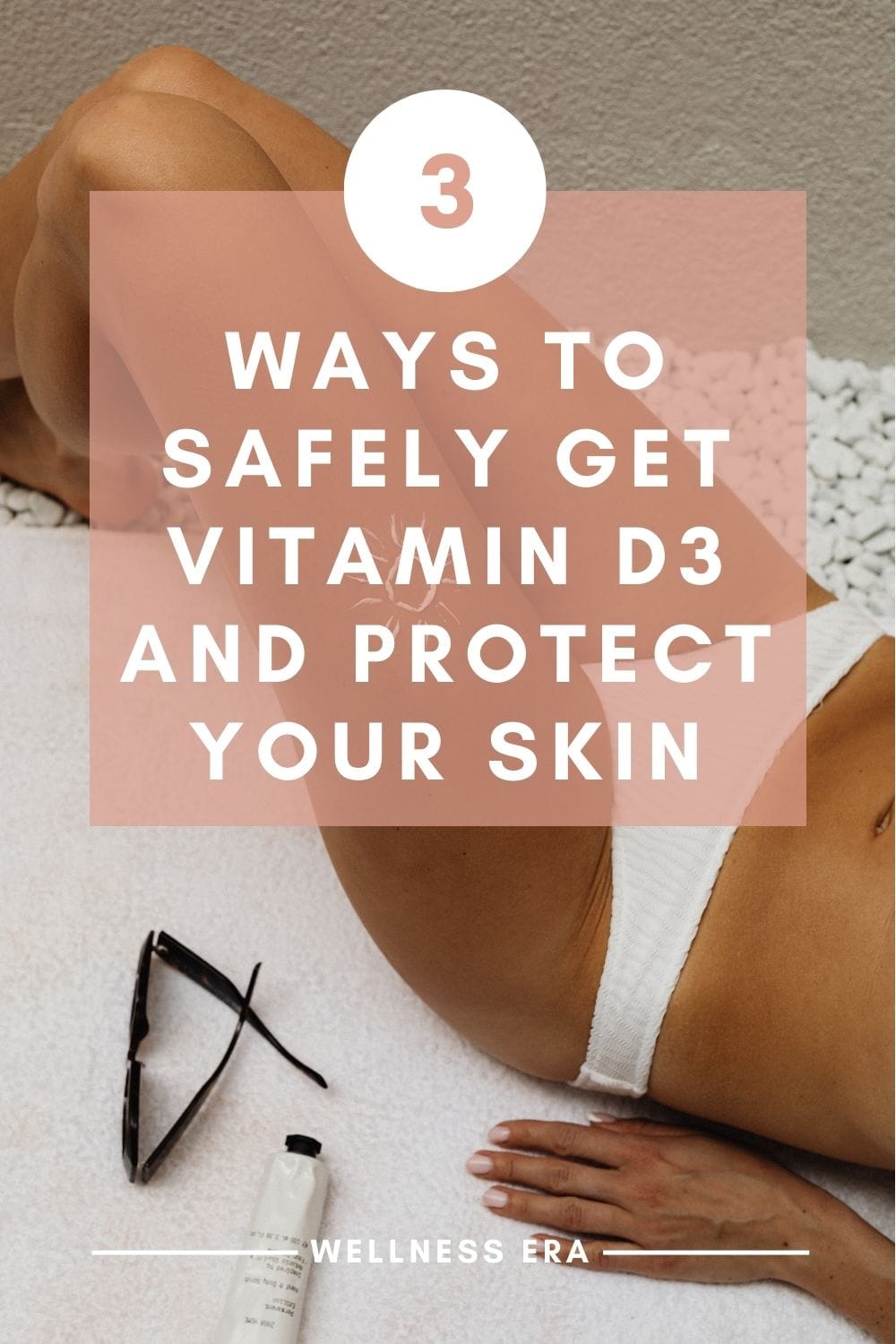
References
Bikle, D.D., 2014. Vitamin D metabolism, mechanism of action, and clinical applications. Chemistry & biology, 21(3), pp.319-329. (URL: PubMed)
Bowe, W.P. and Logan, A.C., 2010. Acne vulgaris, probiotics and the gut-brain-skin axis: from anecdote to translational medicine. Beneficial Microbes, 2(1), pp.31-37. (URL: PubMed)
Draelos, Z.D., 2014. The science behind skin care: moisturizers. The Journal of clinical and aesthetic dermatology, 7(1), pp.39-44. (URL: PubMed Central)
Fuchs, J., 2010. Anti-oxidants in dermatology. Journal of Dermatological Treatment, 6(2), pp.89-94.
Kraft, J.N. and Lynde, C.W., 2005. Moisturizers: what they are and a practical approach to product selection. Skin therapy letter, 10(5), pp.1-8. (URL: Skin Therapy Letter)
Oblong, J.E., 2008. The evolving role of cleansers in maintaining healthy skin. Dermatologic therapy, 21(1), pp.2-15. (URL: Wiley Online Library)
Palma, L., Marques, L.T., Bujan, J. and Rodrigues, L.M., 2015. Dietary water affects human skin hydration and biomechanics. Clinical, cosmetic and investigational dermatology, 8, pp.413-421. (URL: PubMed Central)
Schurgers, L.J. and Vermeer, C., 2000. Differential lipoprotein transport pathways of K-vitamins in healthy subjects. Biochimica et Biophysica Acta (BBA)-General Subjects, 1487(2-3), pp.170-178. (URL: ScienceDirect)
Shanbhag, S., Nayak, A., Narayan, R., Nayak, U.Y. and Poojary, S., 2021. Silk-based bio-materials in cutaneous wound healing: a systematic review. Journal of Cosmetic Dermatology, 20(1), pp.96-106. (URL: Wiley Online Library)
Simopoulos, A.P., 2002. The importance of the omega-6/omega-3 fatty acid ratio in cardiovascular disease and other chronic diseases. Experimental biology and medicine, 233(6), pp.674-688.
Sivamani, R.K., Goodman, J., Gitis, N.V. and Maibach, H.I., 2012. Coefficient of friction: tribological studies in man–an overview. Skin Research and Technology, 19(2), pp.164-169. (URL: Wiley Online Library)
Thiboutot, D., Gollnick, H., Bettoli, V., Dréno, B., Kang, S., Leyden, J.J., Shalita, A. and Lozada, V.T., 2009. New insights into the management of acne: an update from the global alliance to improve outcomes in acne group. Journal of the American Academy of Dermatology, 60(5), pp.S1-S50. (URL: ScienceDirect)
Williams, L.B. and Haydel, S.E., 2010. Evaluation of the medicinal use of clay minerals as antibacterial agents. International Geology Review, 52(7-8), pp.745-770. (URL: Taylor & Francis)
Wollina, U., 2018. Recent advances in the understanding and management of seborrhea and seborrheic dermatitis. Expert review of dermatology, 5(2), pp.181-189. (URL: Taylor & Francis)
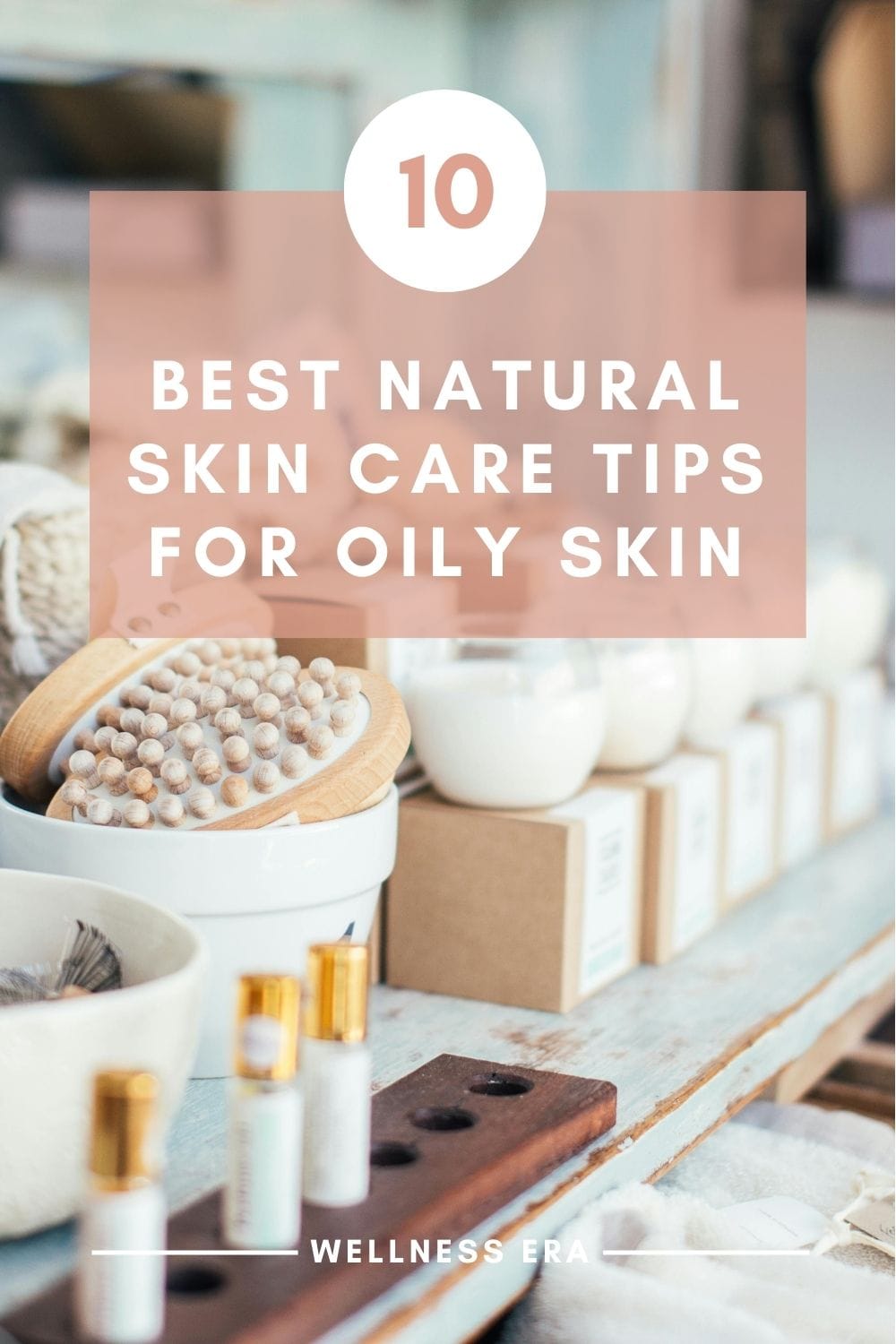
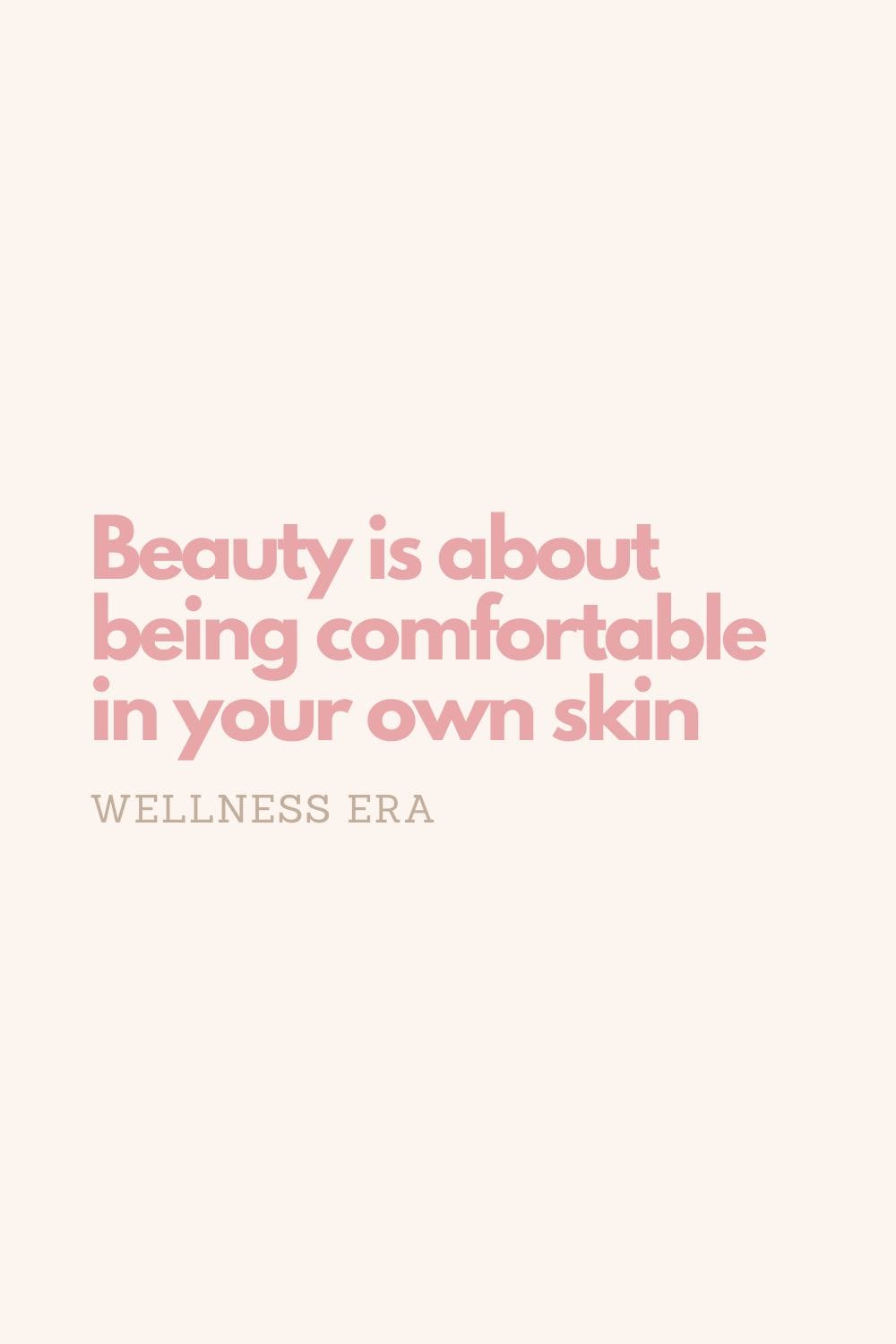
Conclusion
Managing oily skin doesn’t have to be a constant battle. By choosing natural skincare methods and making small, mindful changes to your daily routine, you can balance oil production and keep your skin healthy. Whether it's adjusting your diet, switching to gentle cleansers, or incorporating nutrient-rich ingredients into your skincare, the power of natural solutions is in their ability to work with your skin, not against it.
Remember, achieving healthy skin is about consistency and patience. Natural remedies take time, but with regular care, you’ll start to notice a more balanced, glowing complexion. Don’t be afraid to experiment and find what works best for your skin—you’re on a journey to healthier, more radiant skin, naturally.
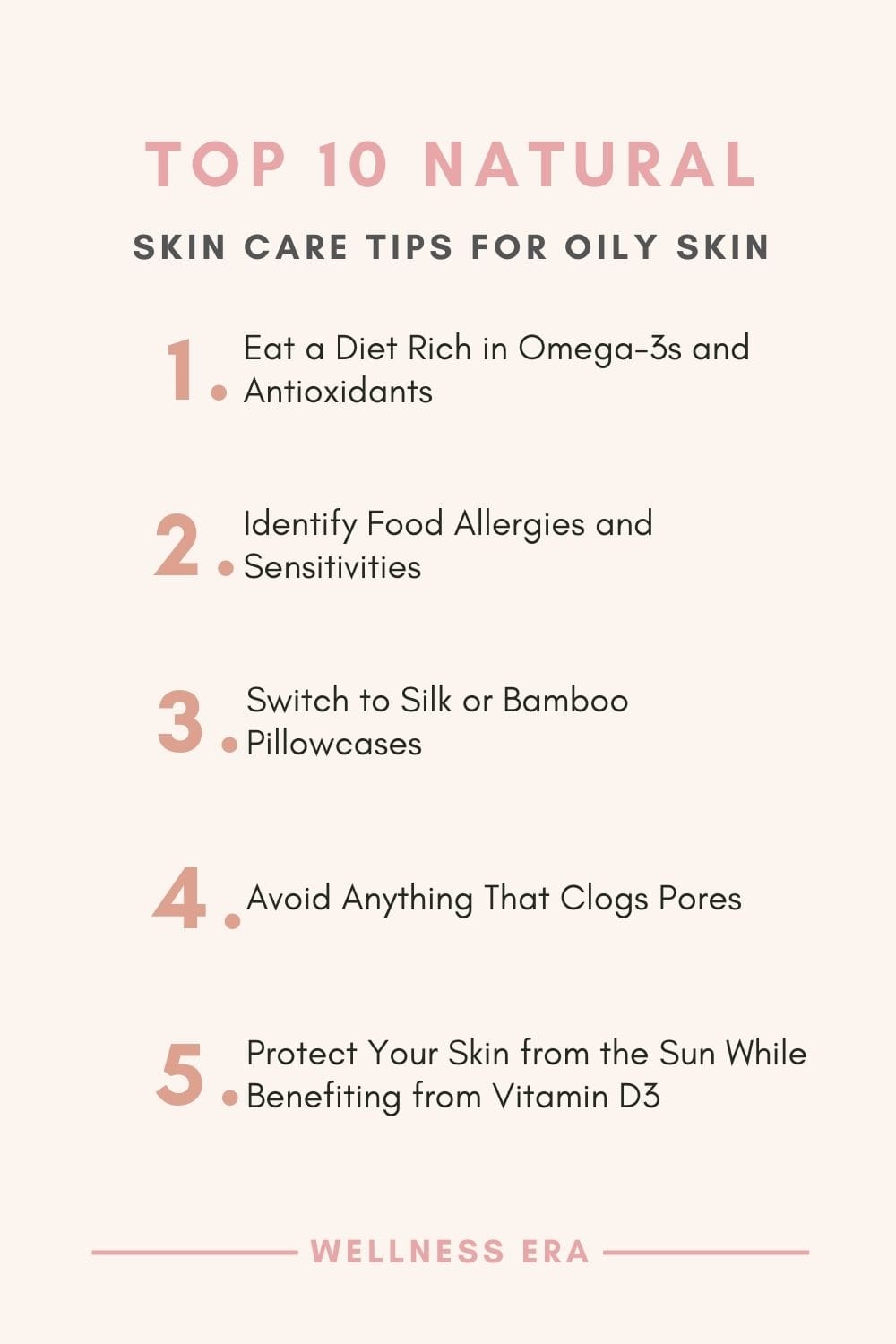
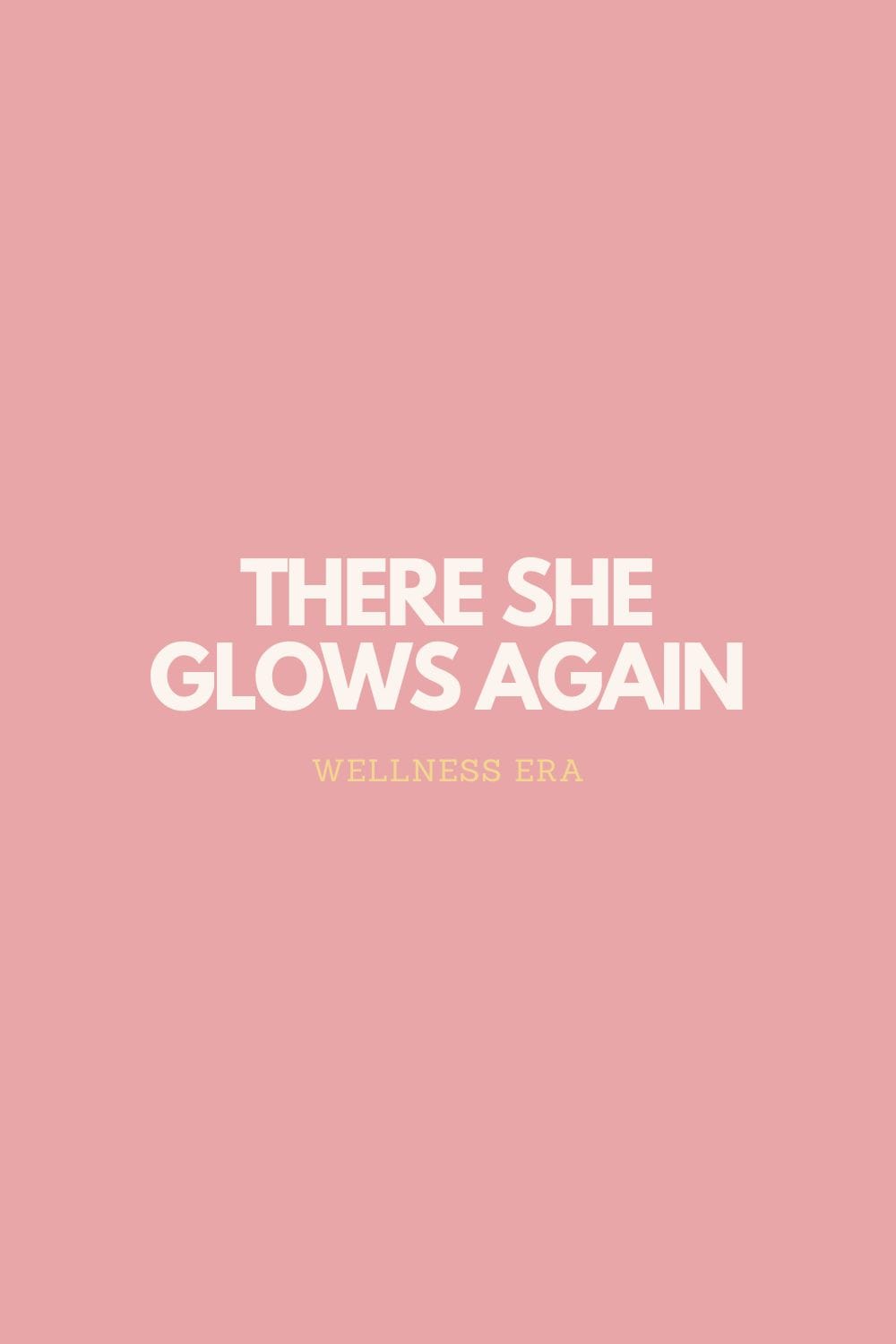
Frequently Asked Questions (FAQs)
How often should I cleanse oily skin?
Cleansing once a day, preferably in the evening, is enough to remove dirt and makeup without stripping your skin of its natural oils.
Can I skip moisturizer if I have oily skin?
No, moisturizing is essential even for oily skin. Choose a lightweight, non-comedogenic moisturizer to keep your skin hydrated without clogging pores.
How does my diet affect oily skin?
A diet high in processed foods, refined sugars, and dairy can increase sebum production, while omega-3s and antioxidants can help reduce oiliness.
Is it okay to exfoliate every day?
No, exfoliating too often can irritate your skin and lead to more oil production. Stick to gentle exfoliation 1-2 times a week.
What should I look for in sunscreen for oily skin?
Look for non-comedogenic sunscreens with zinc oxide or titanium dioxide. These offer broad-spectrum protection without clogging pores.
Here is something you might also like..
Would you like to receive something special?
Try out the best, inspirational weekly newsletter for your natural wellness era!
My Wellness Era Weekly
SUBSCRIBE TO OUR NEWSLETTER
Your Weekly Dose of Natural Wellness
Fill out the form below, and you will reveice "My Wellness Era Weekly" delivered to your inbox.
What you can expect: a short, warm, and personal note from our founder. Mindset shifts, journal prompts, or self-care reminders. Inspiring quotea related to wellness, mindfulness, or self-love. Small, actionable wellness habits you can try. Recomendations we love, are testing, or recently discovered. Highlights of our latest blog posts.
+++ What we’re loving every single week.
QUICK LINKS
SOCIAL
CATEGORIES



